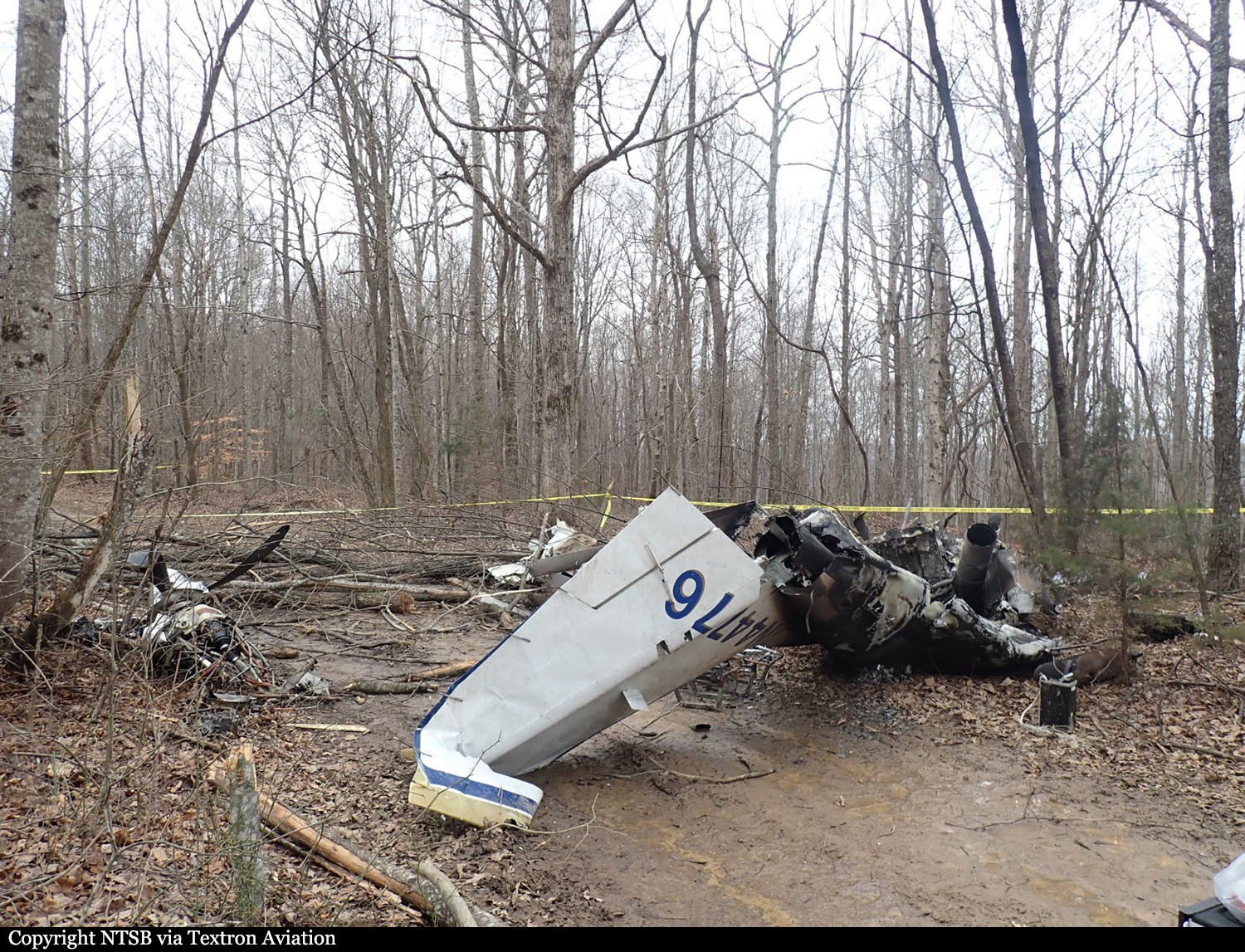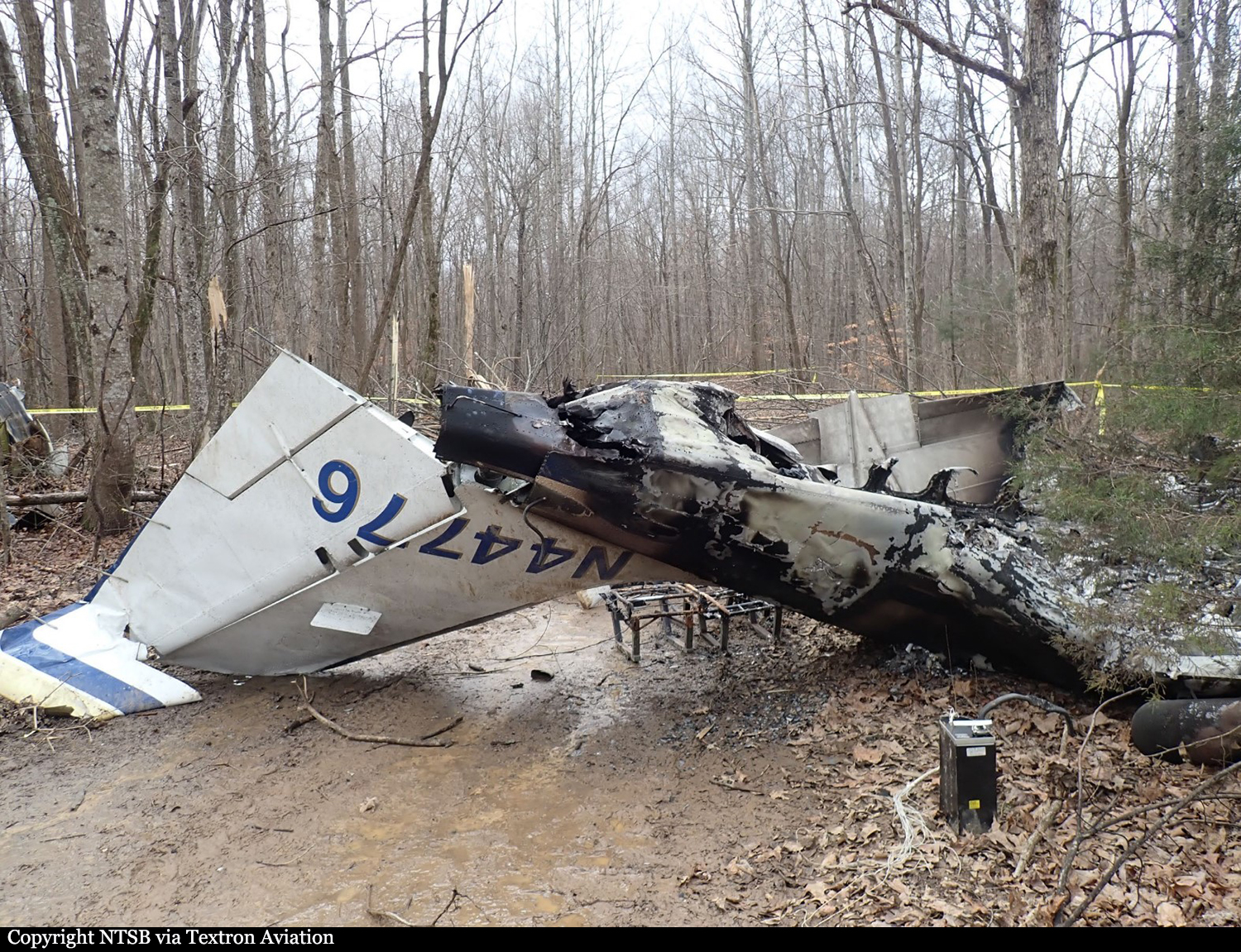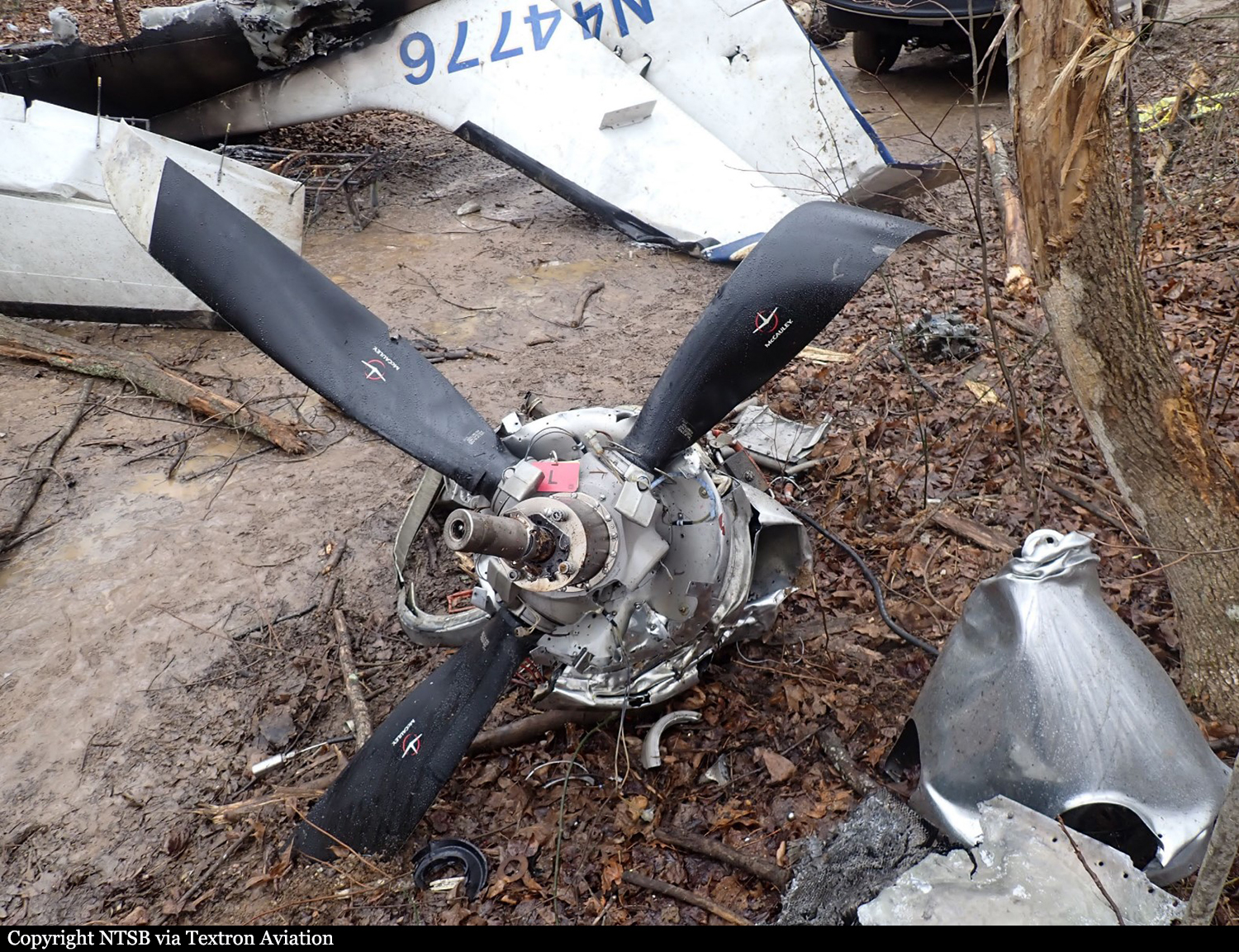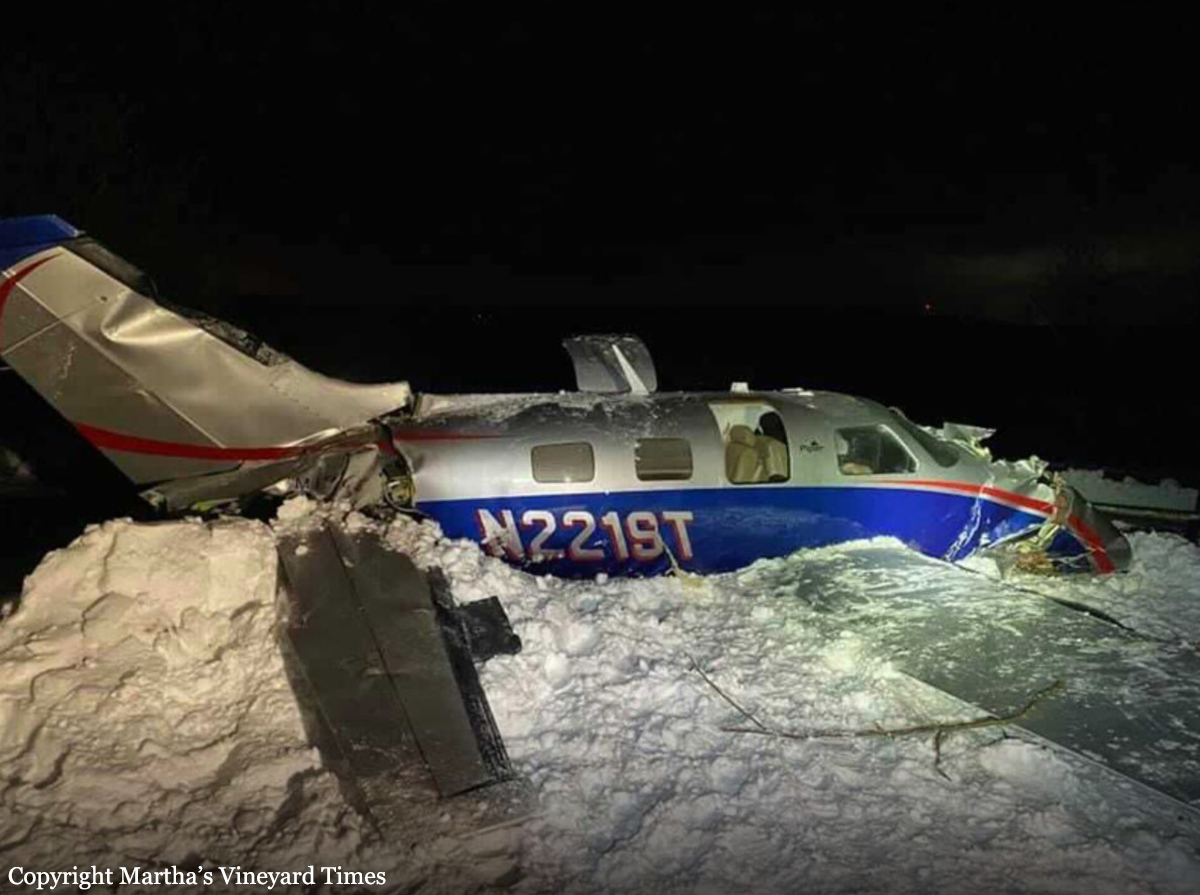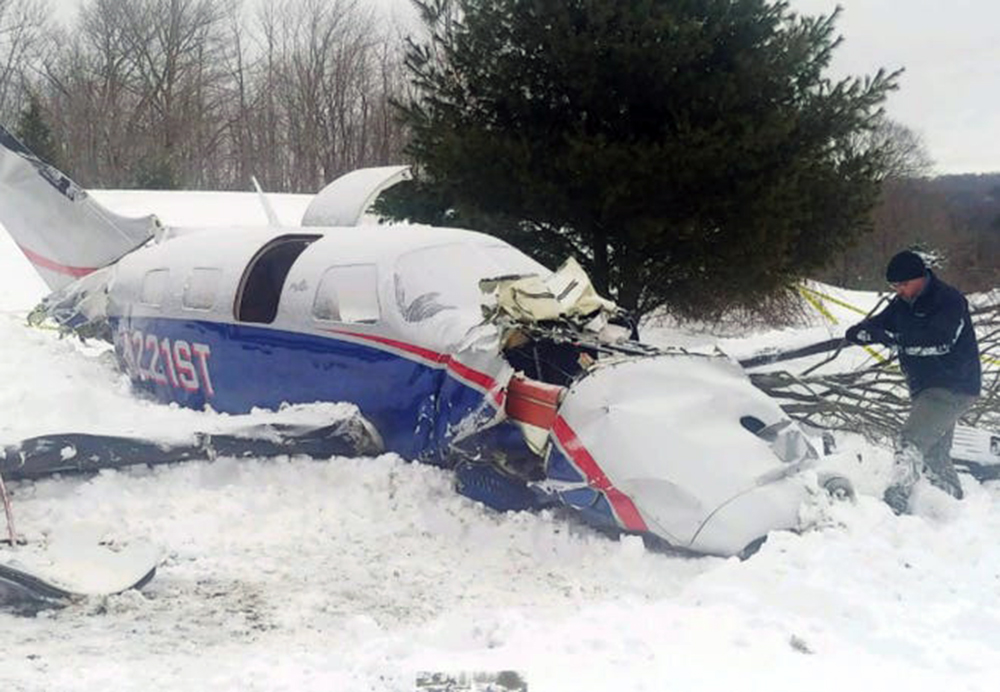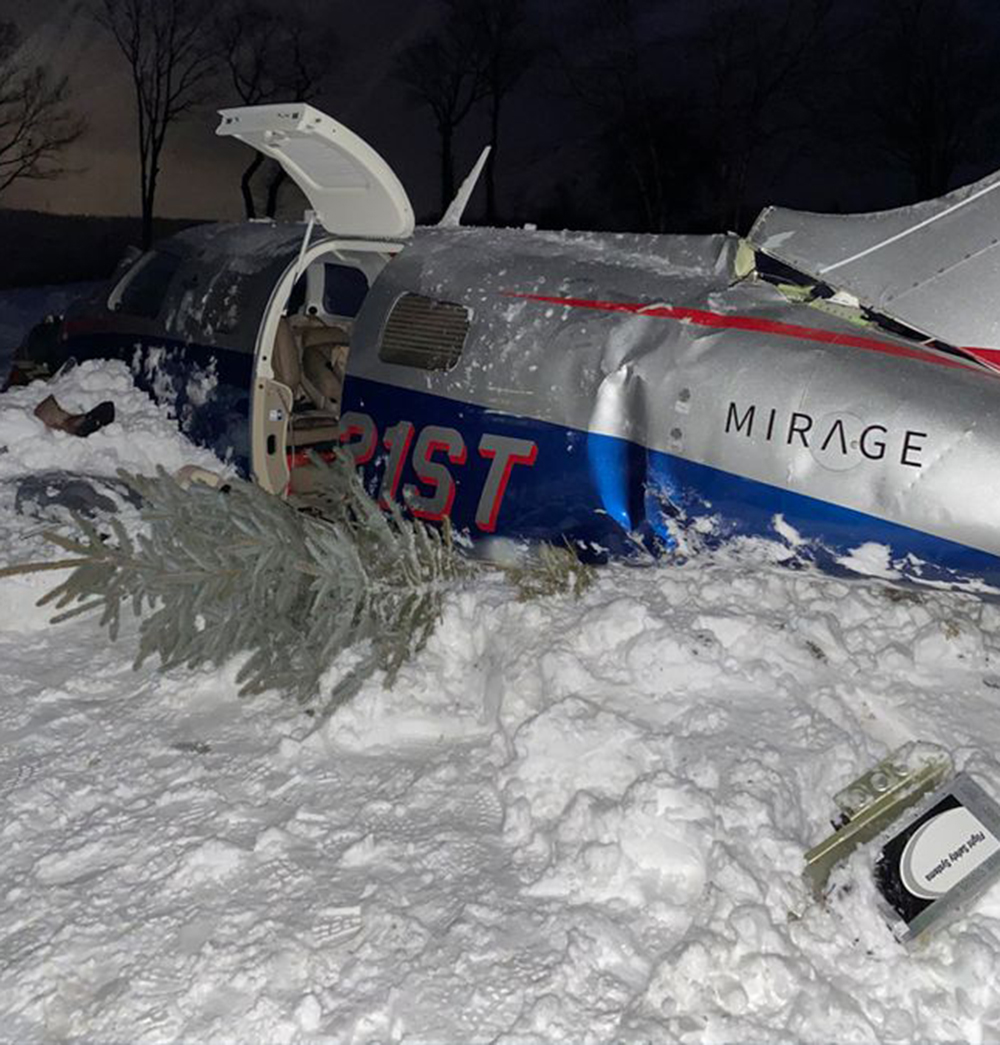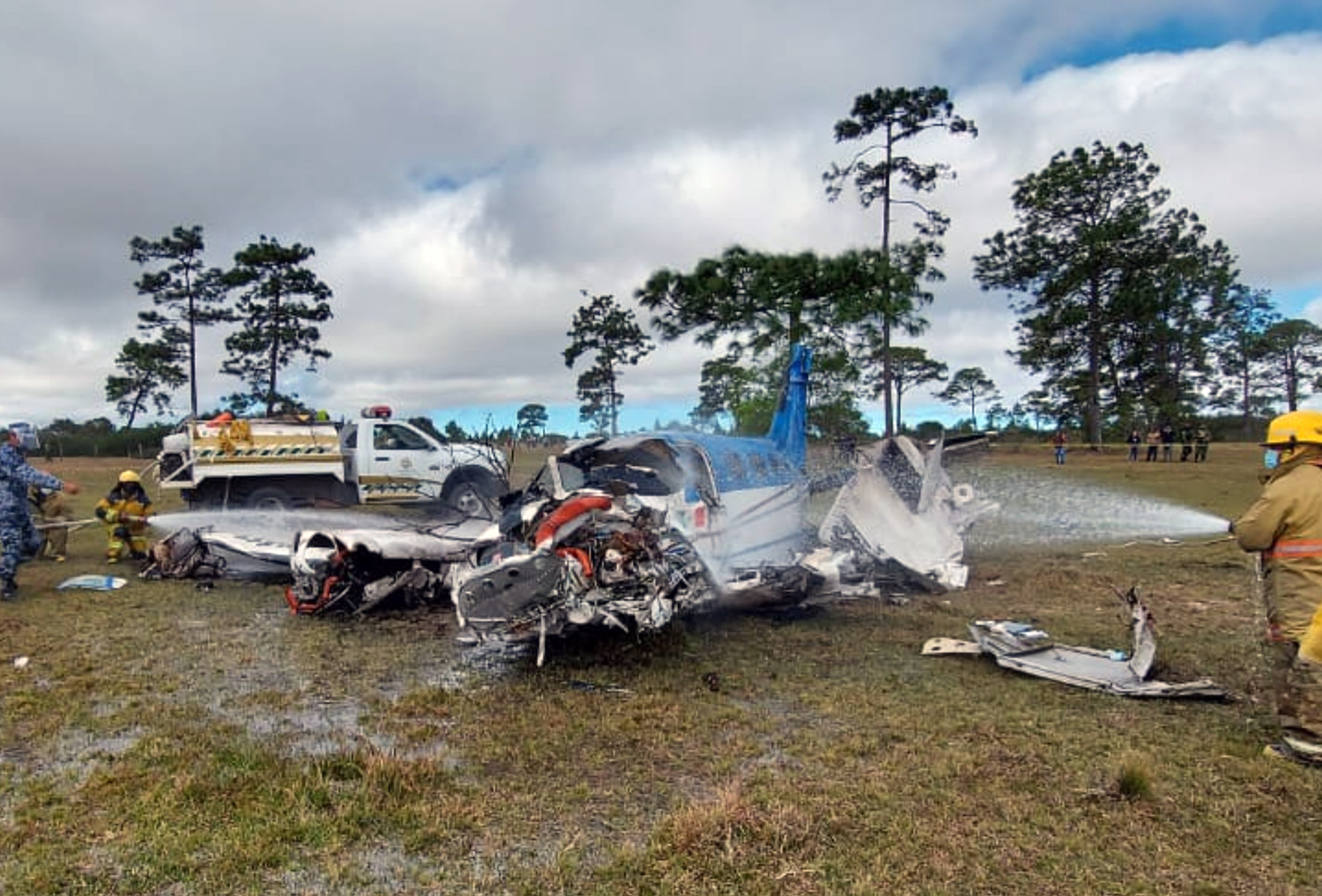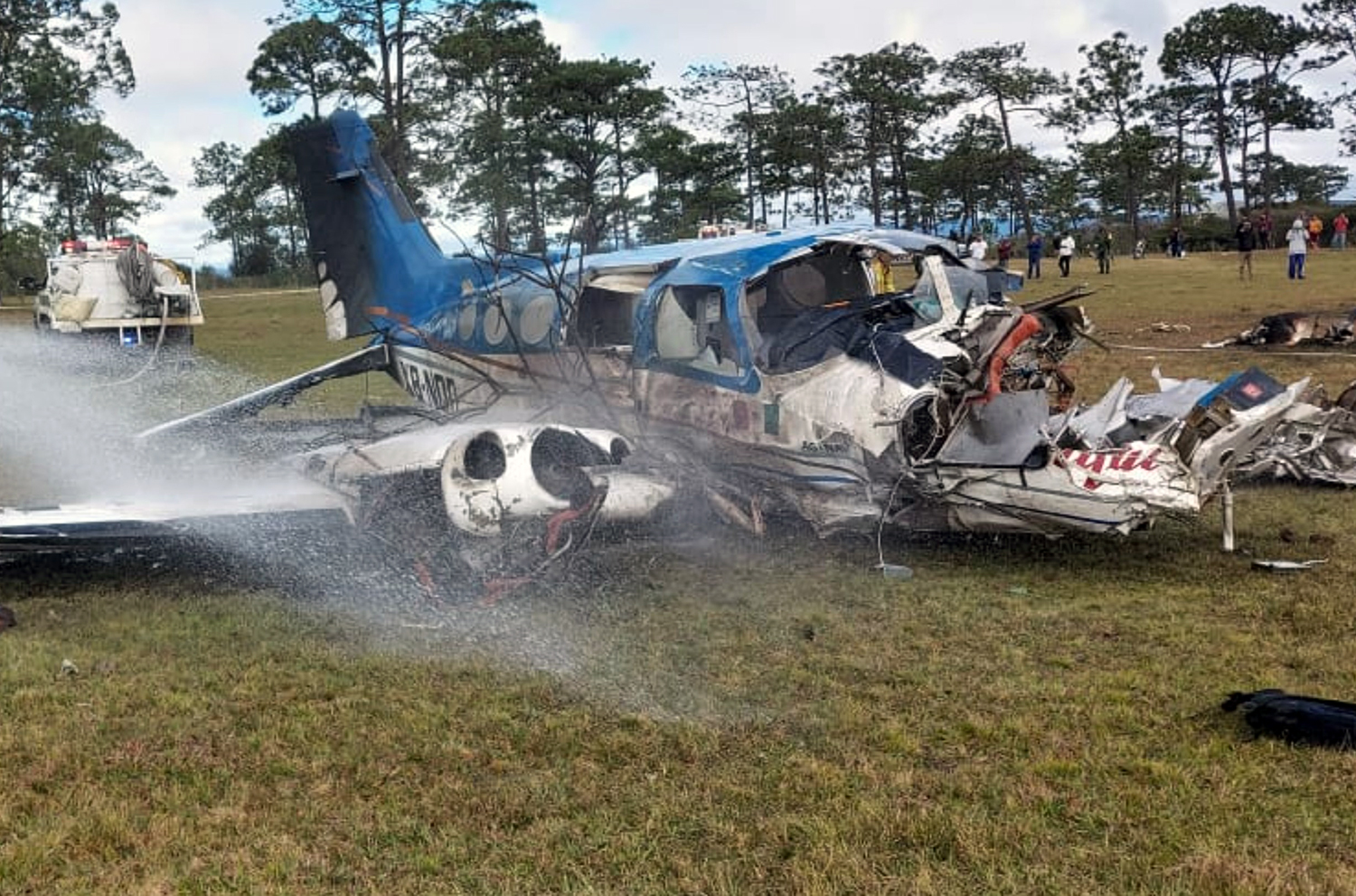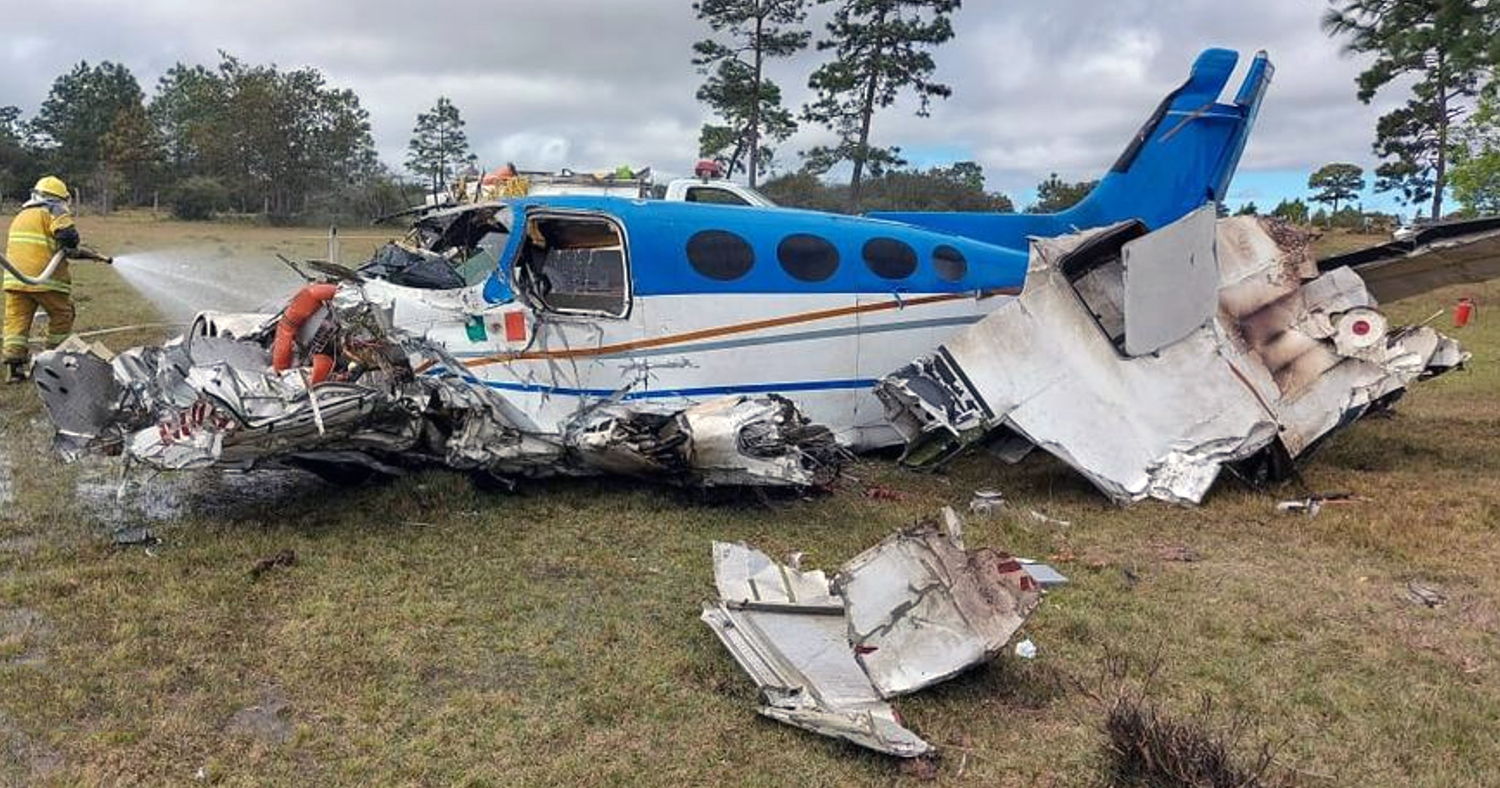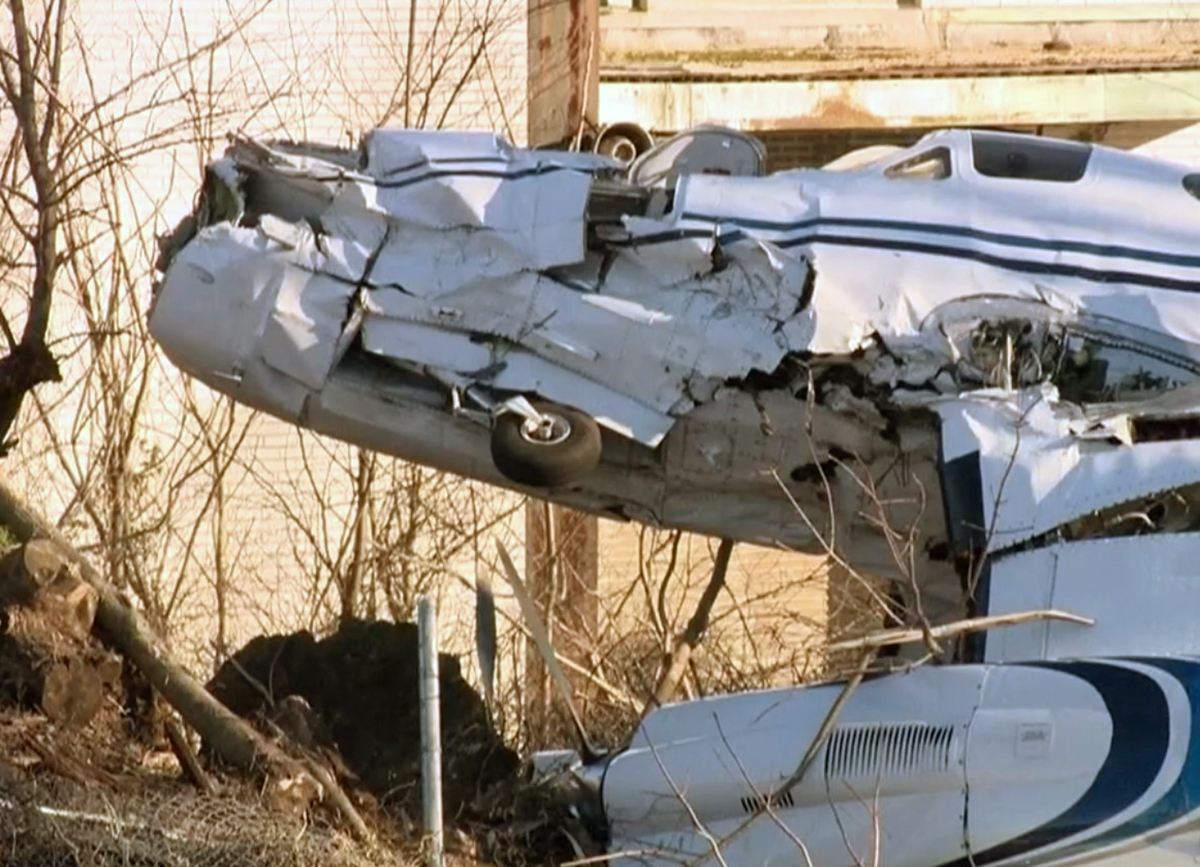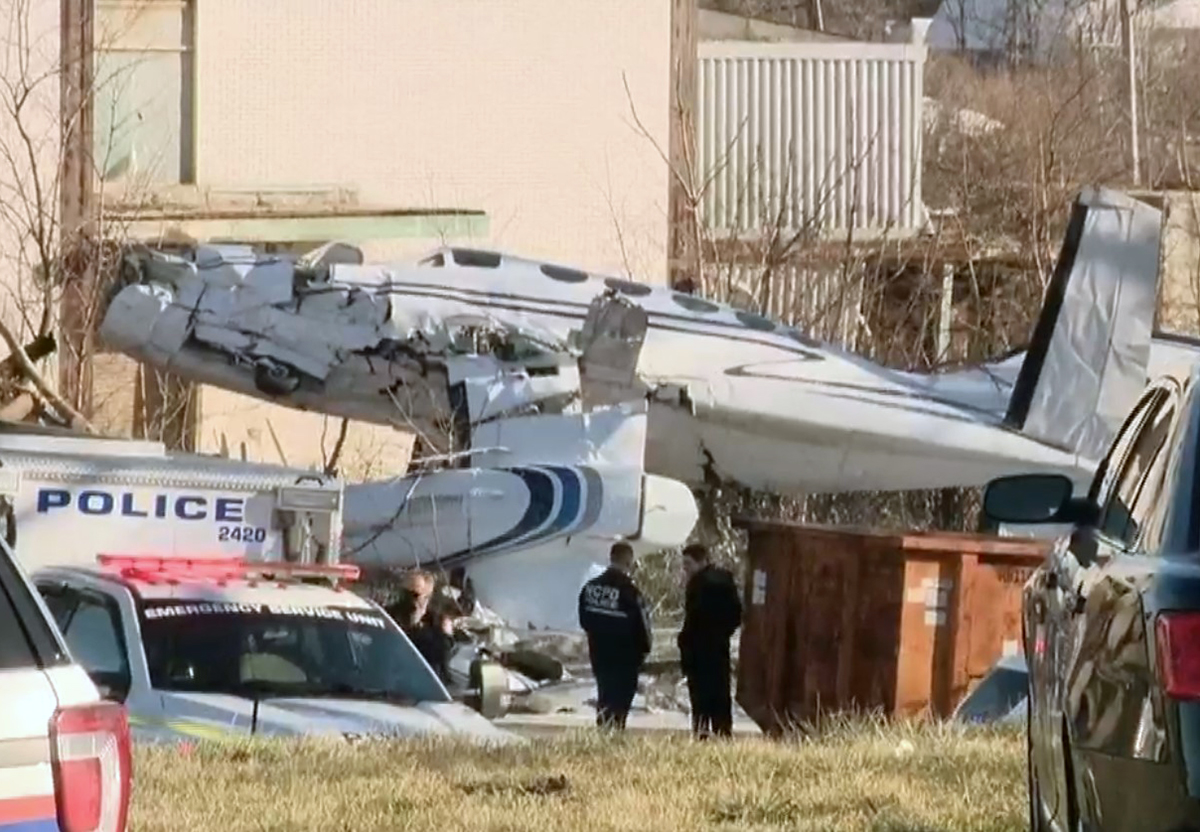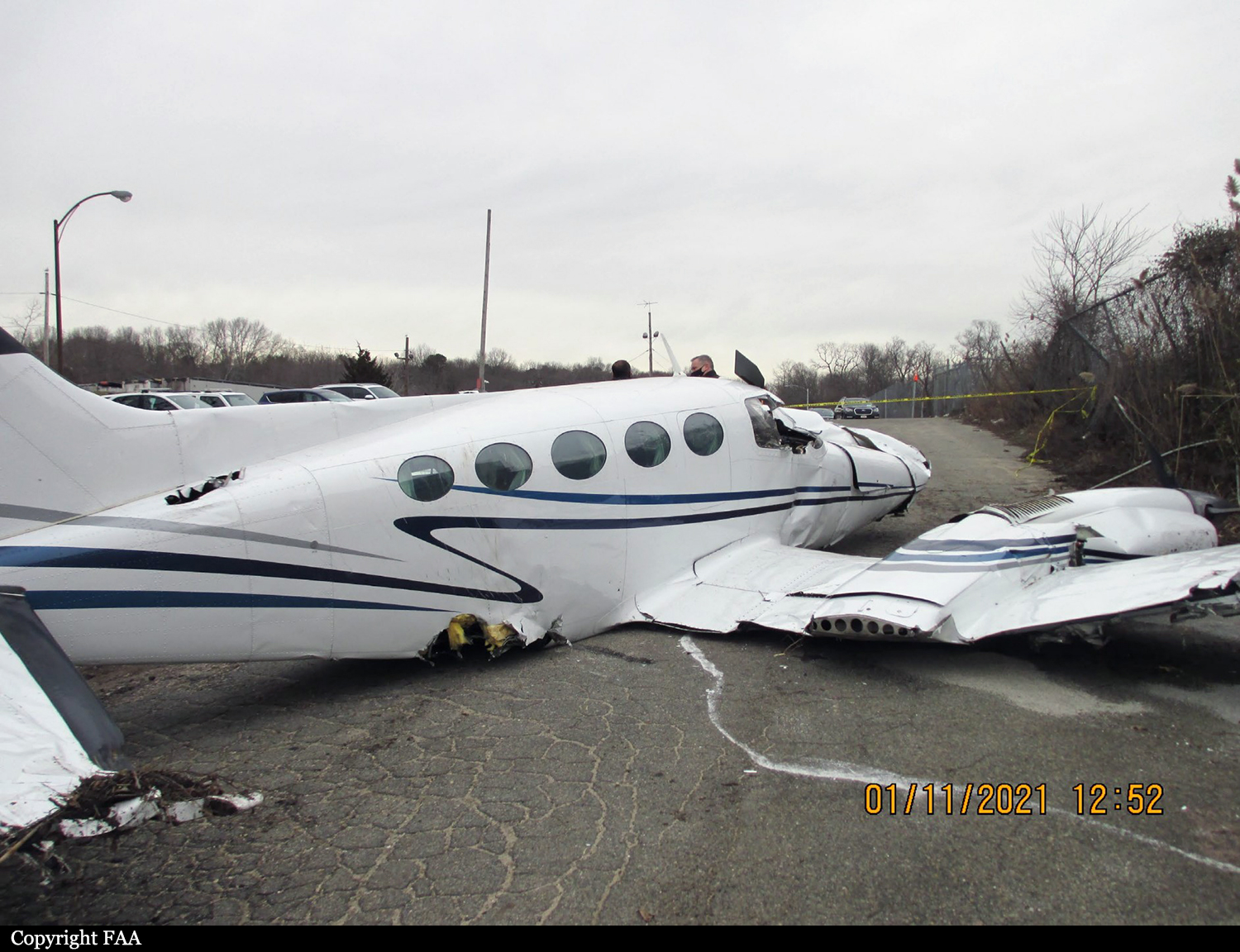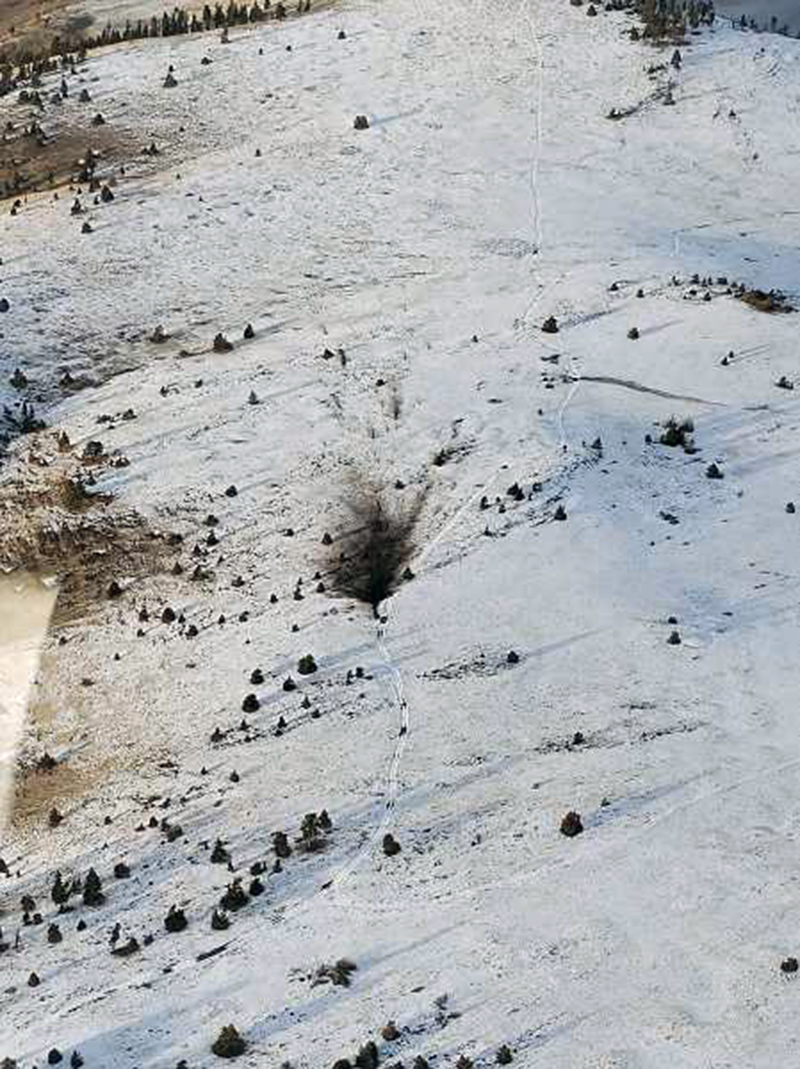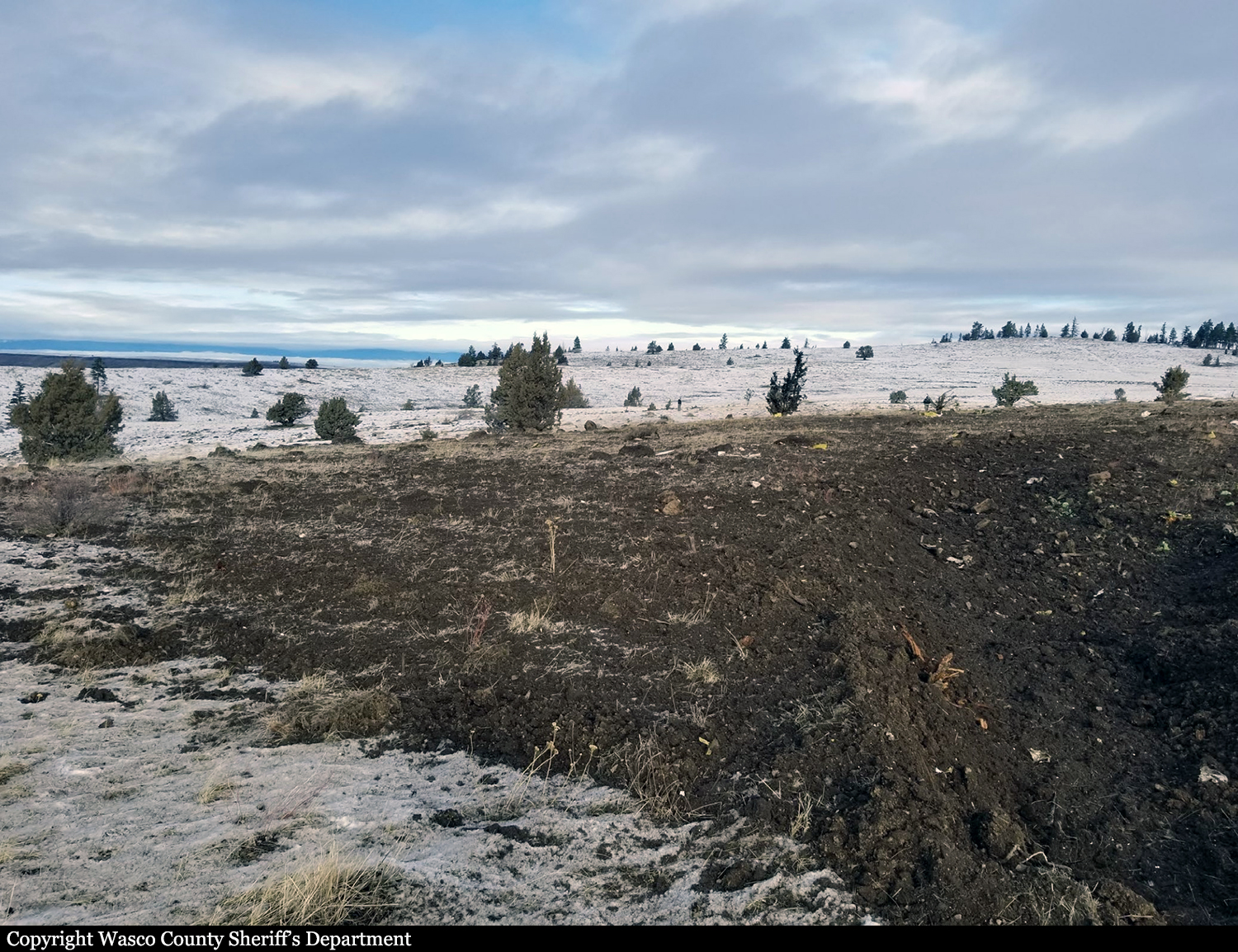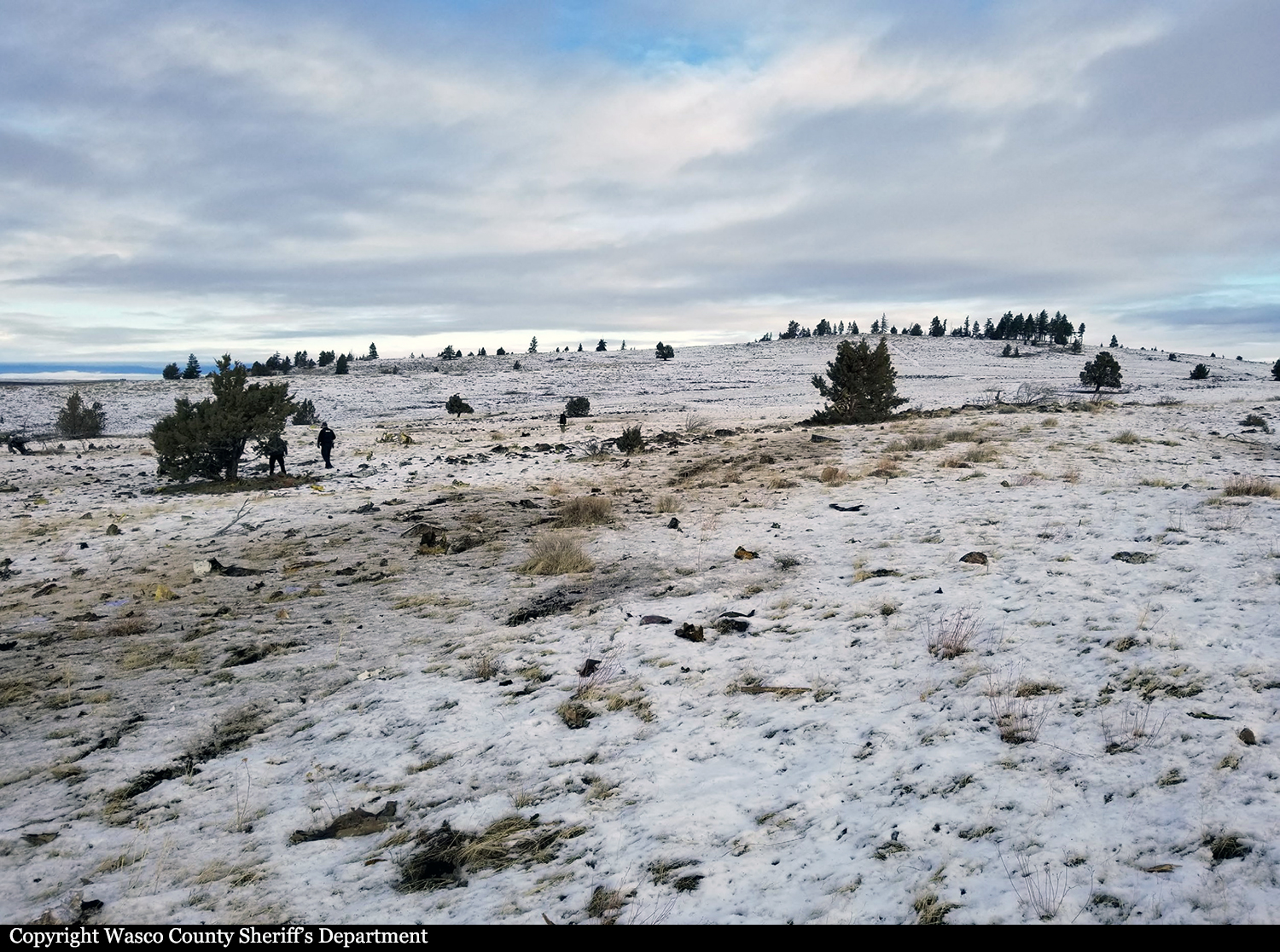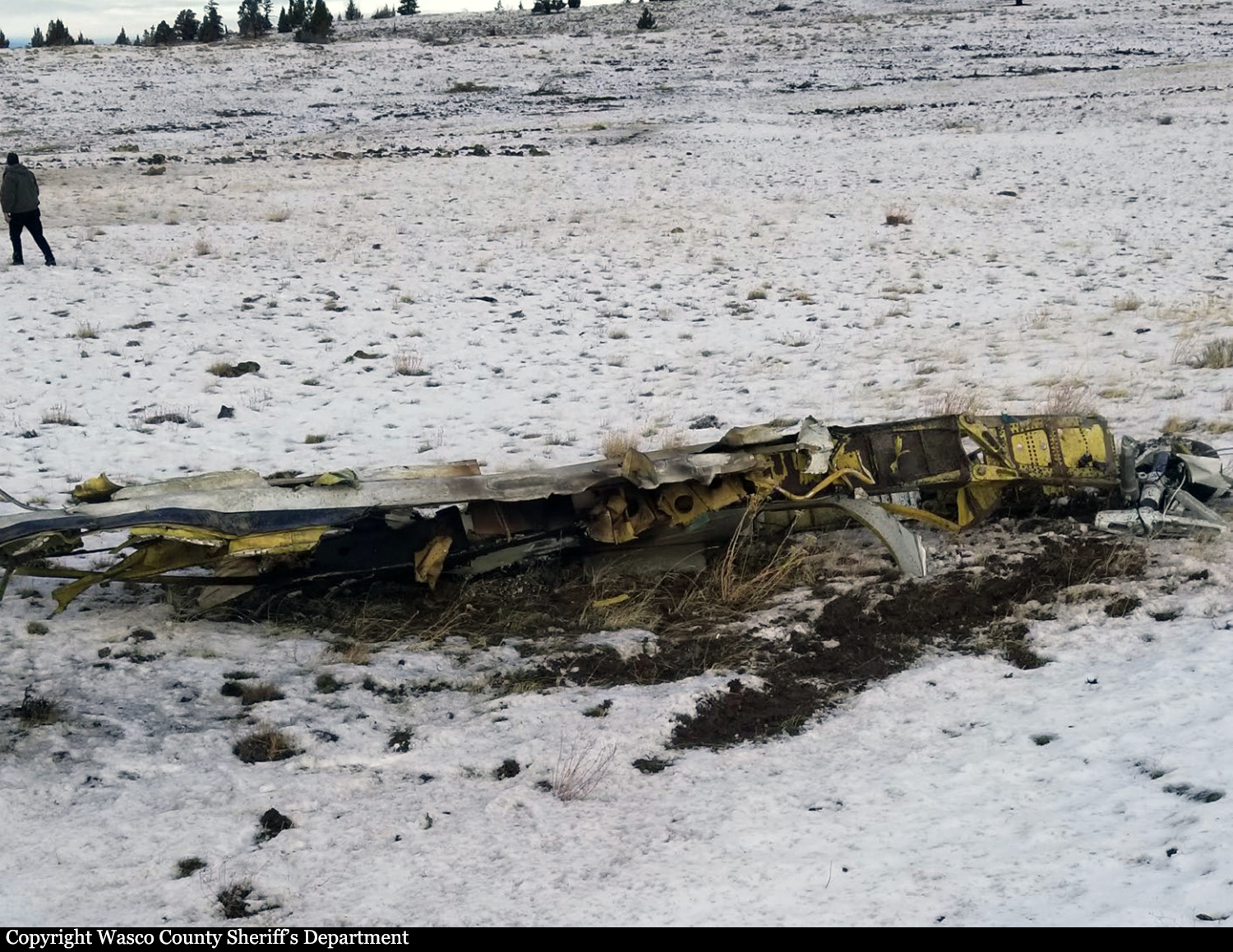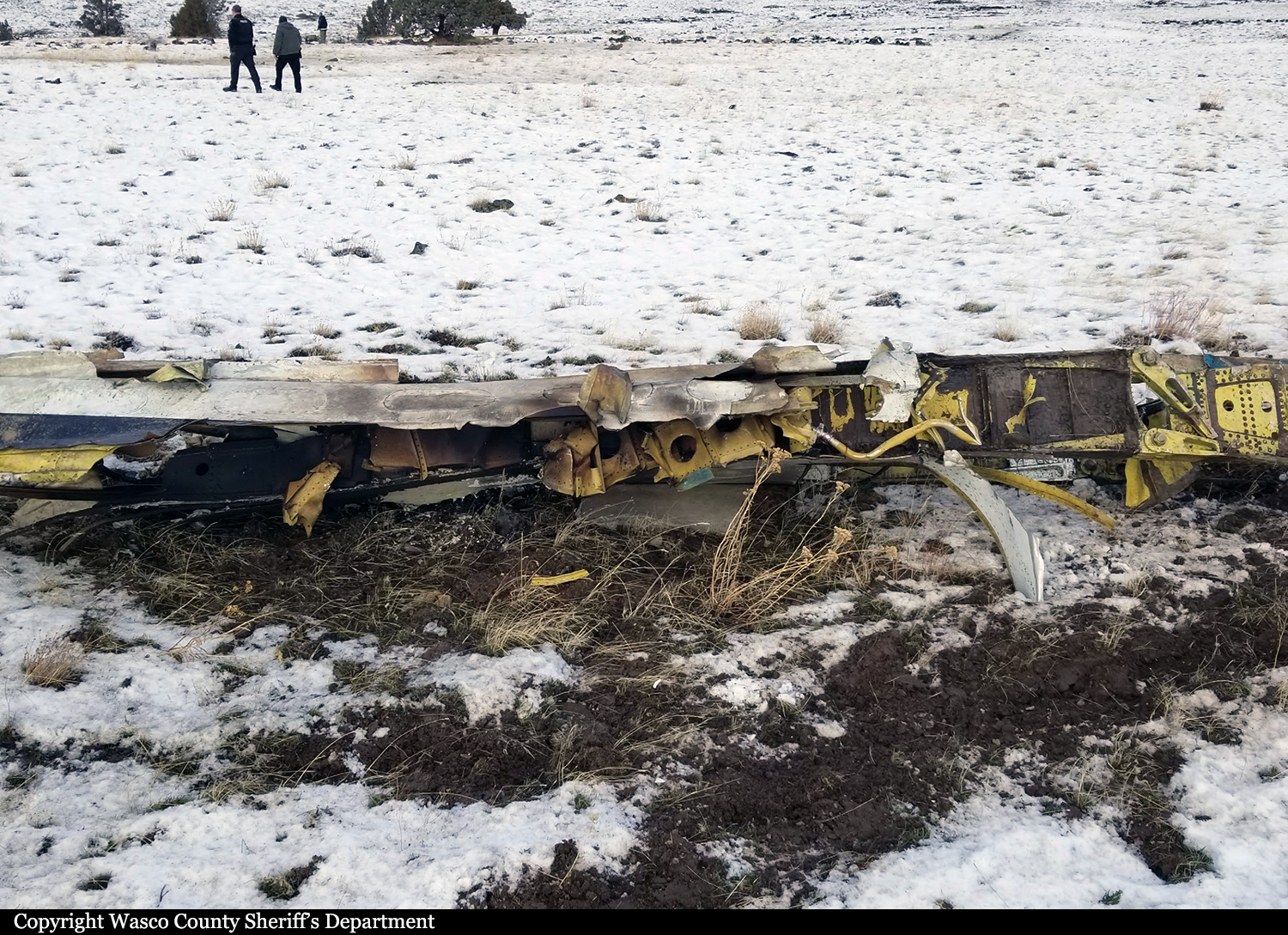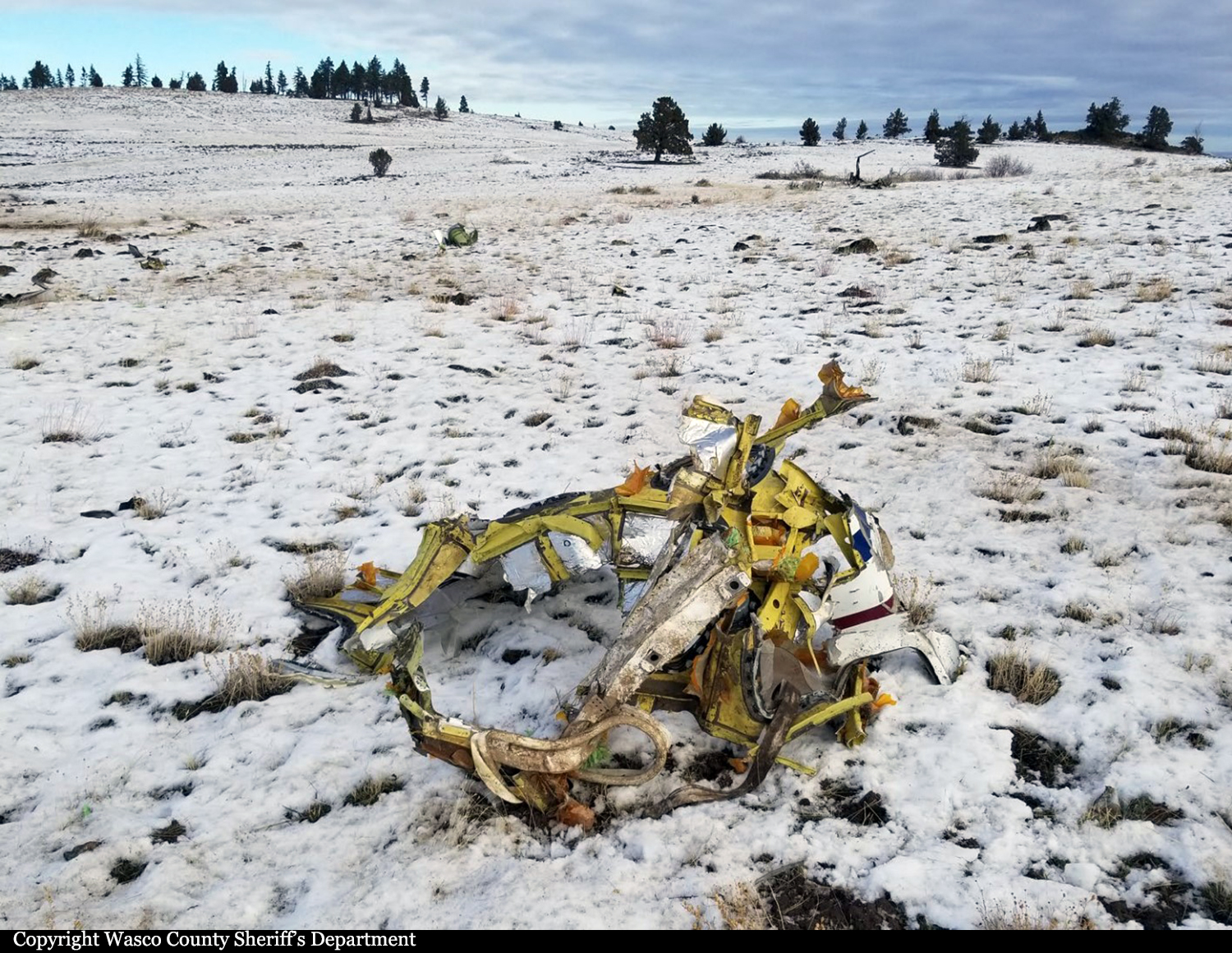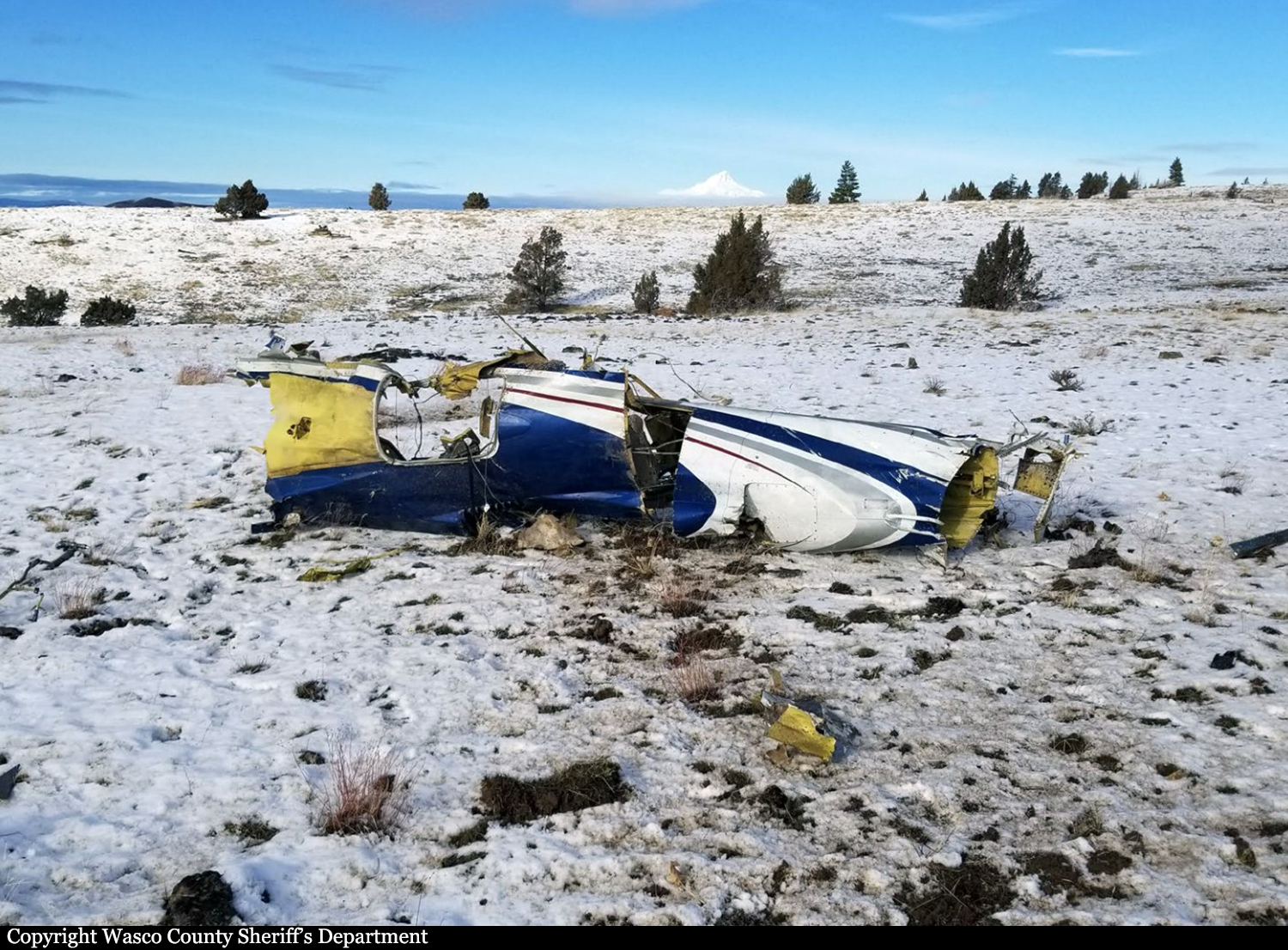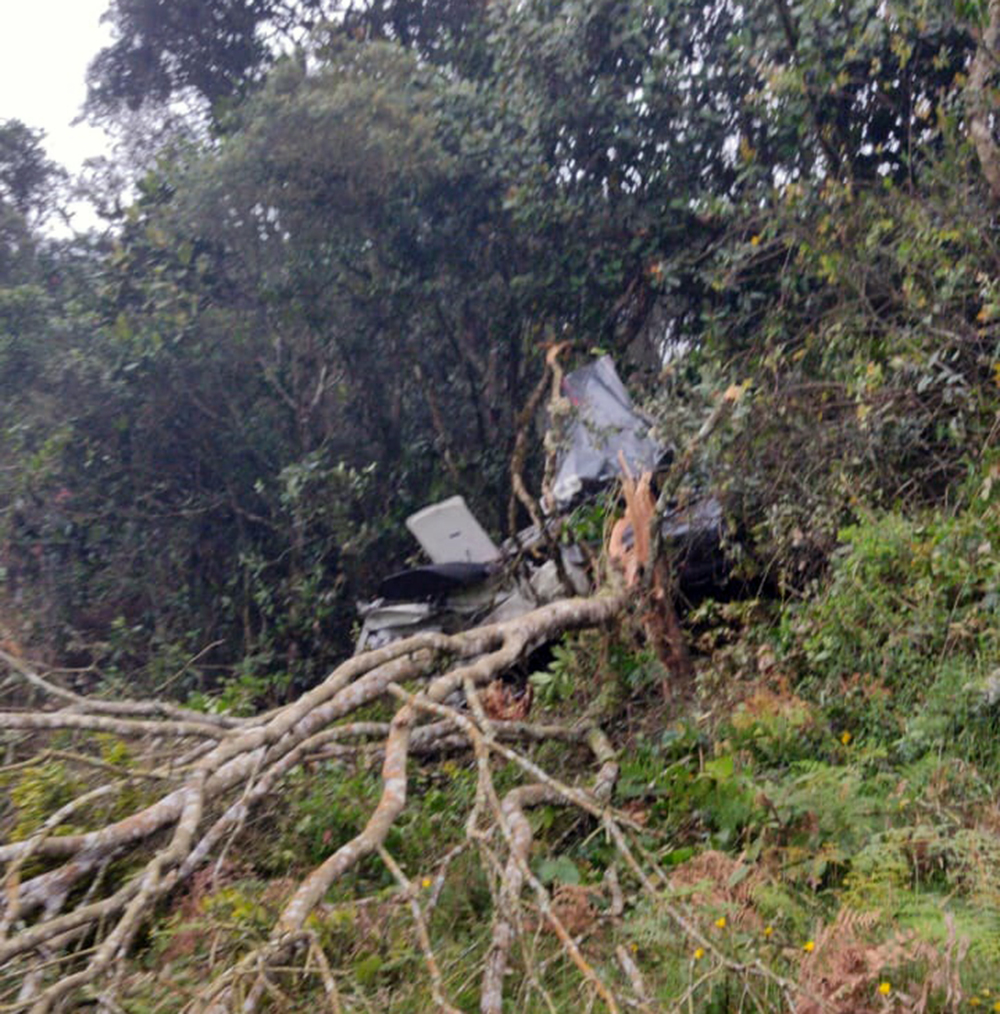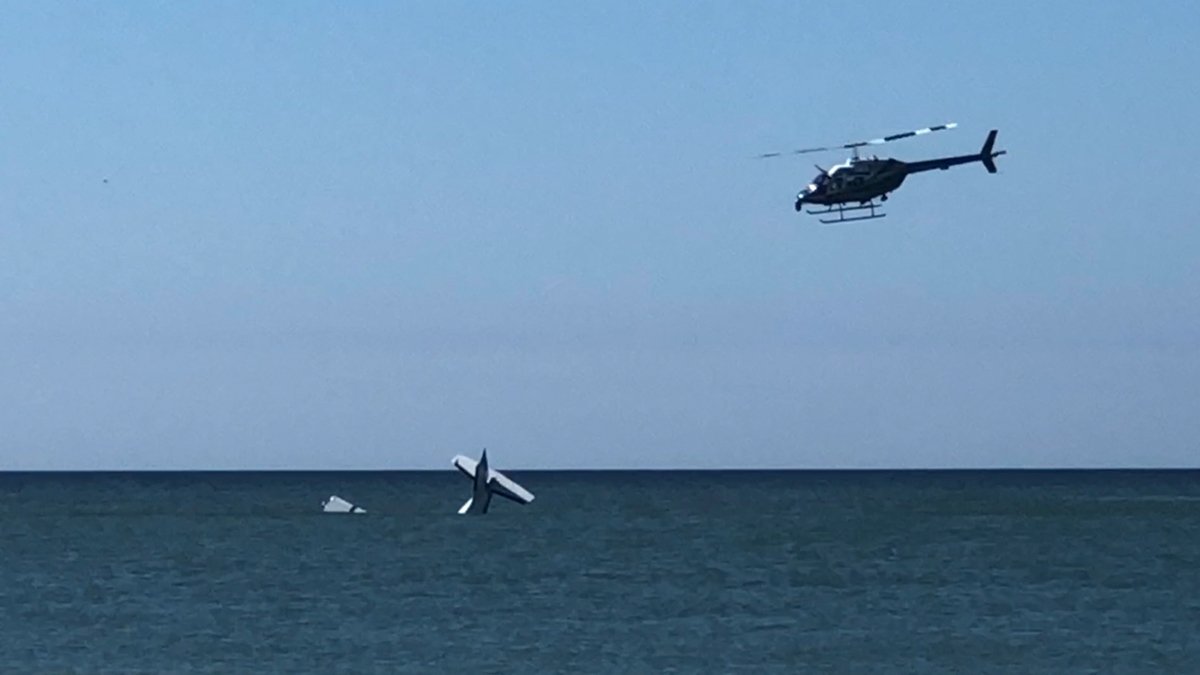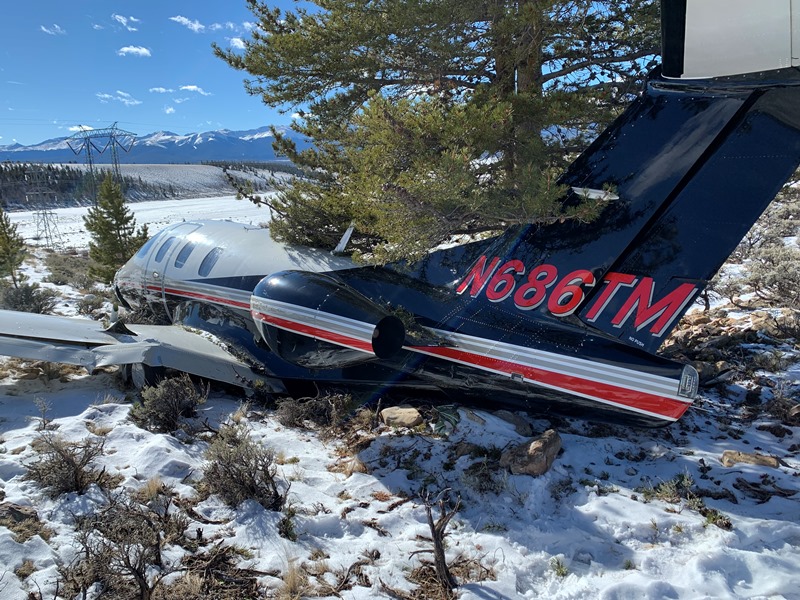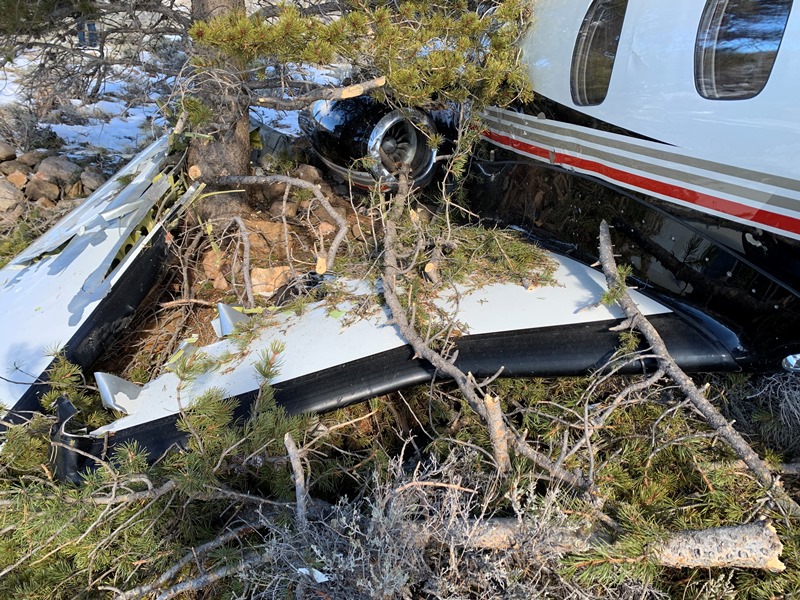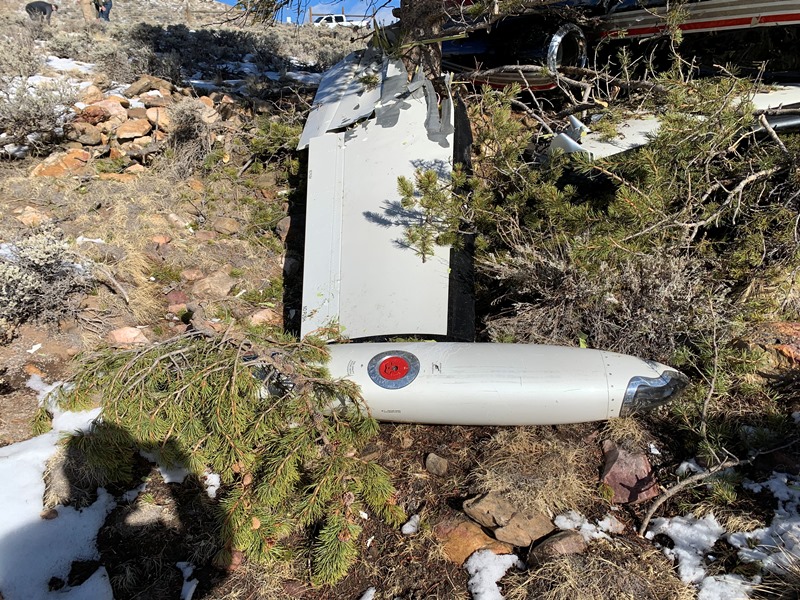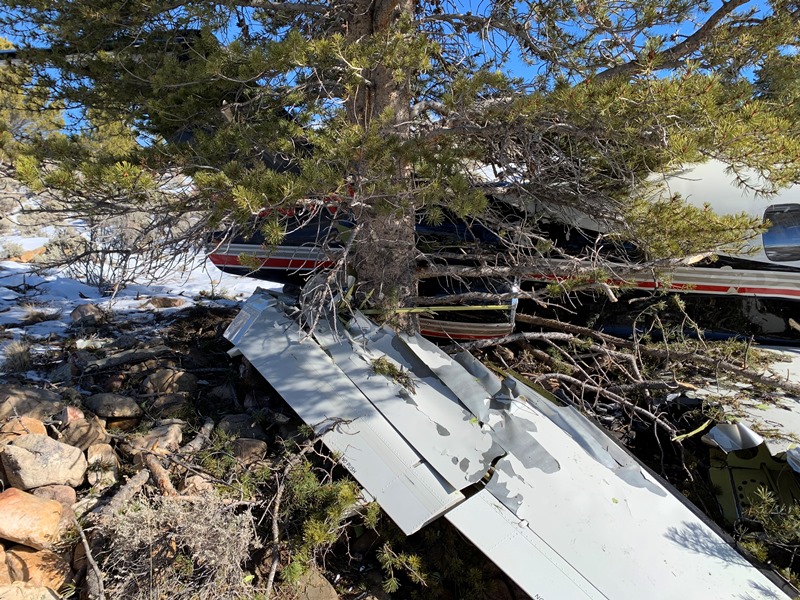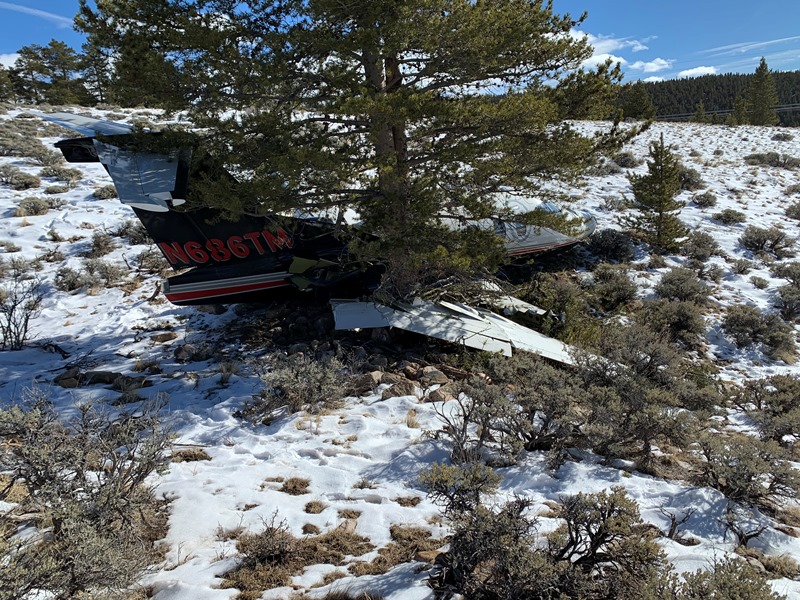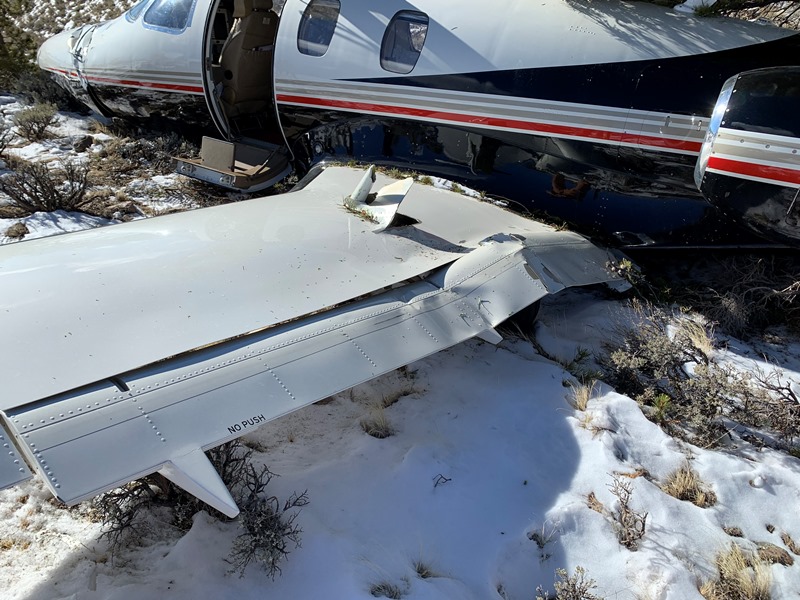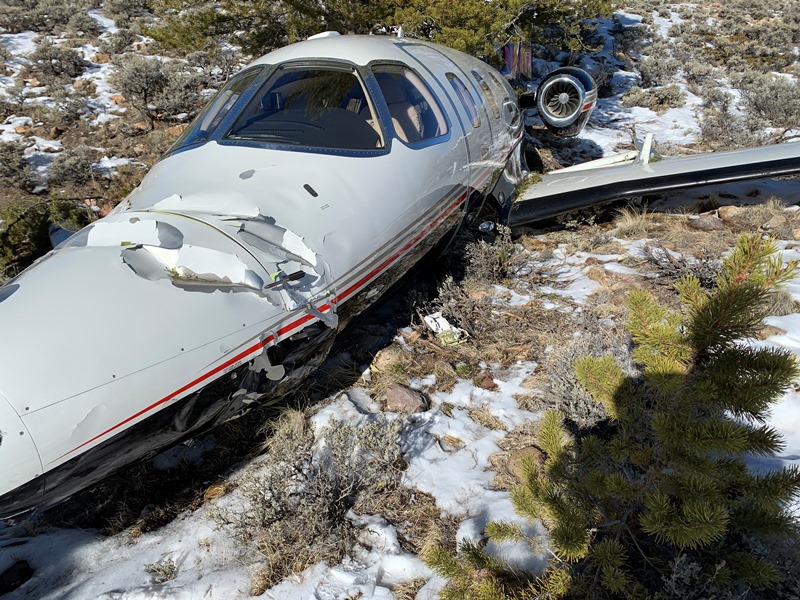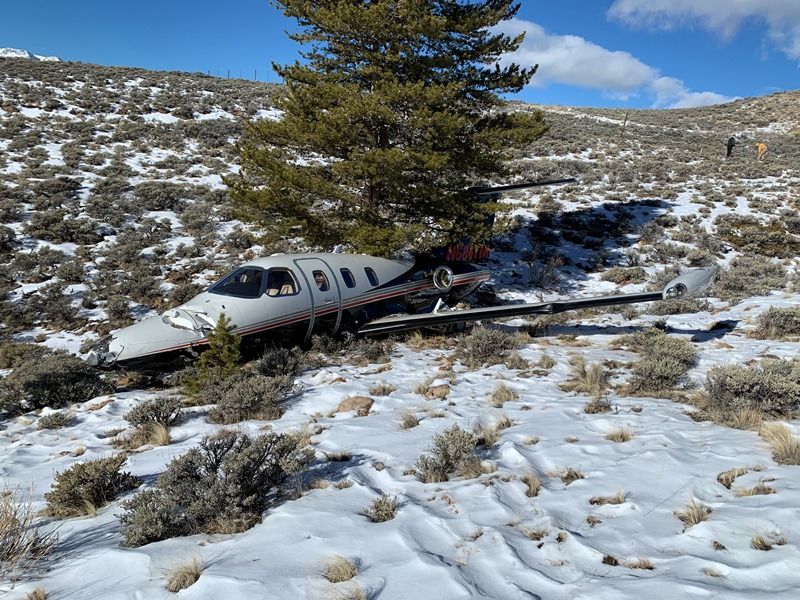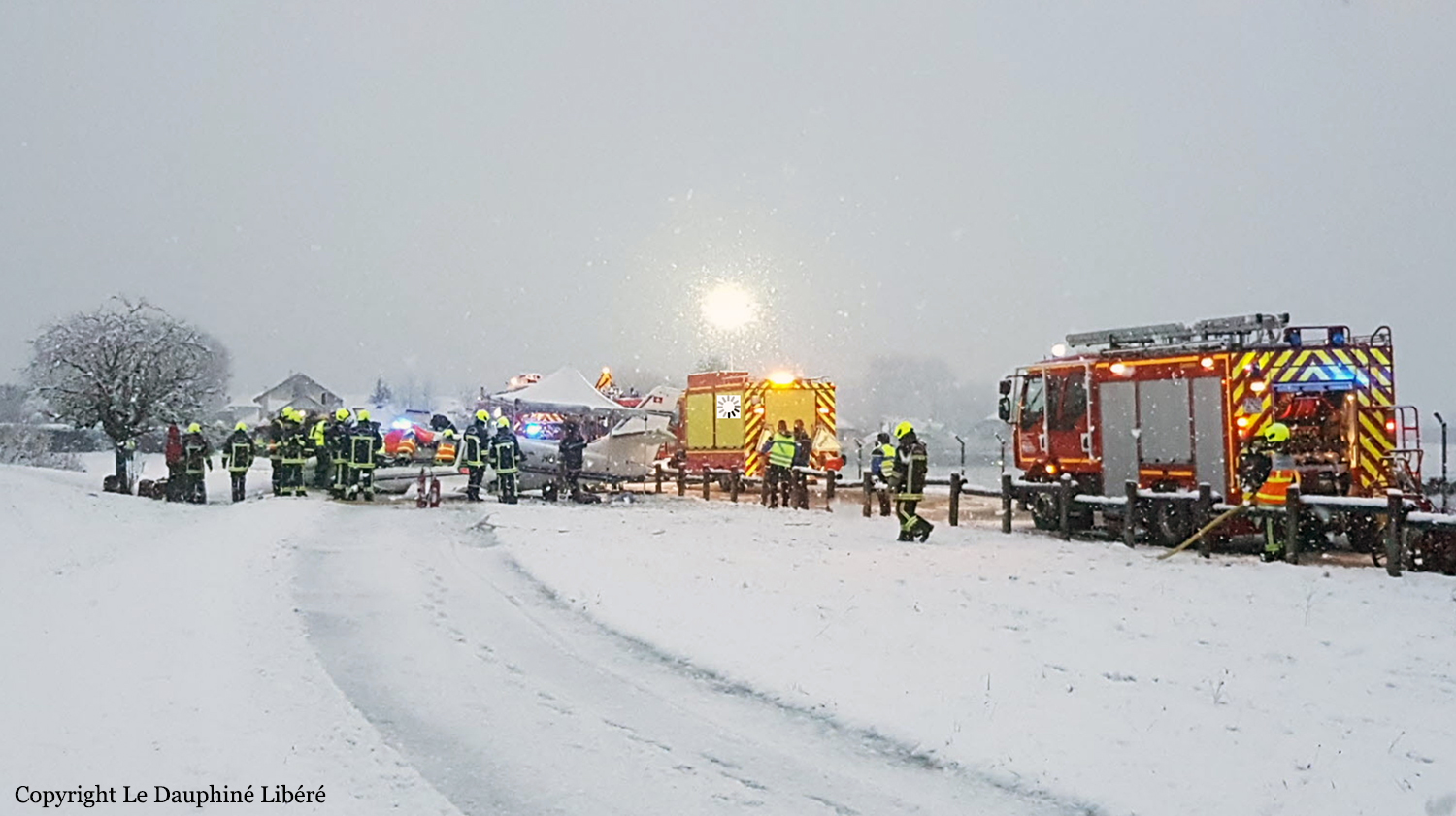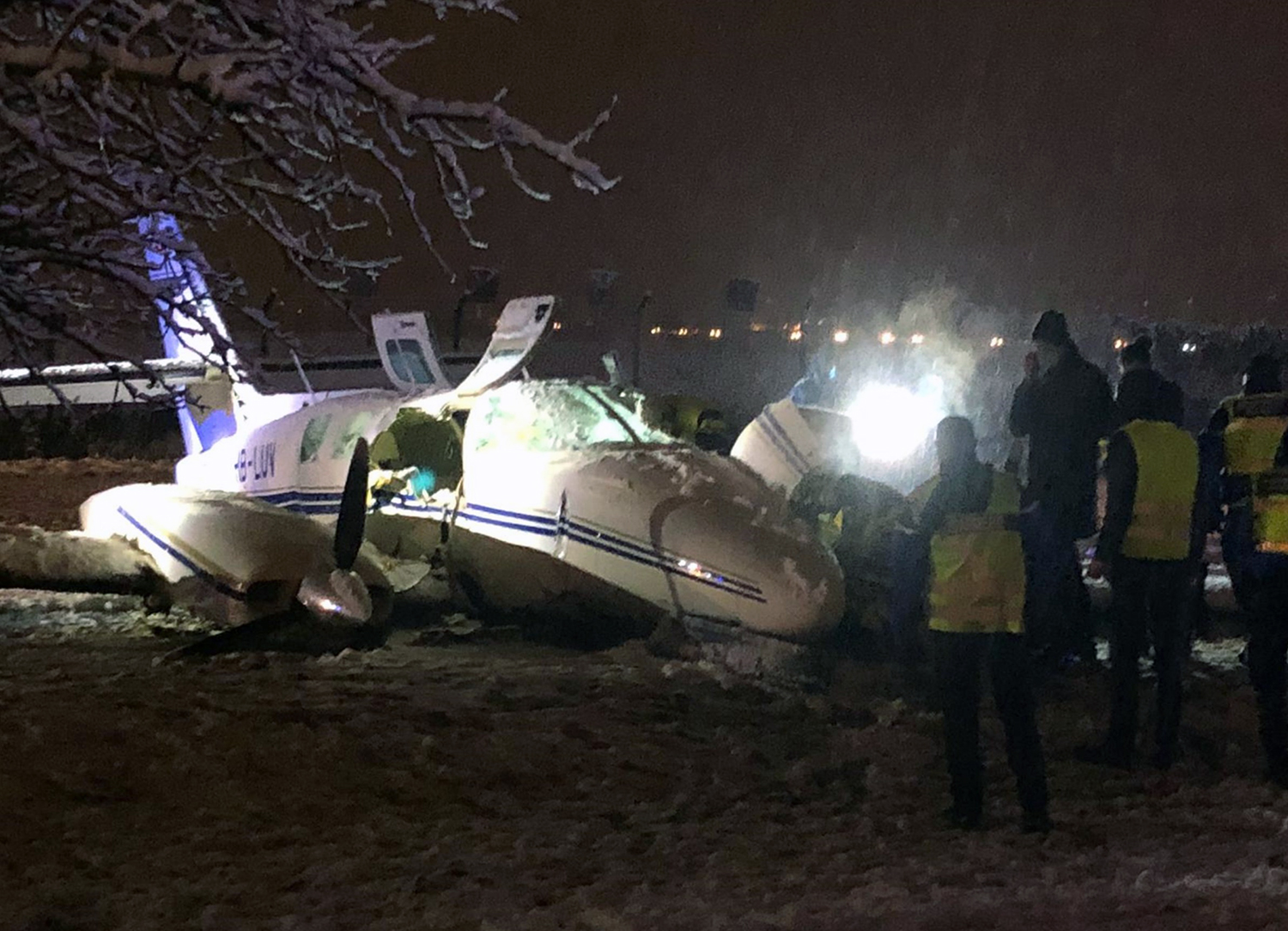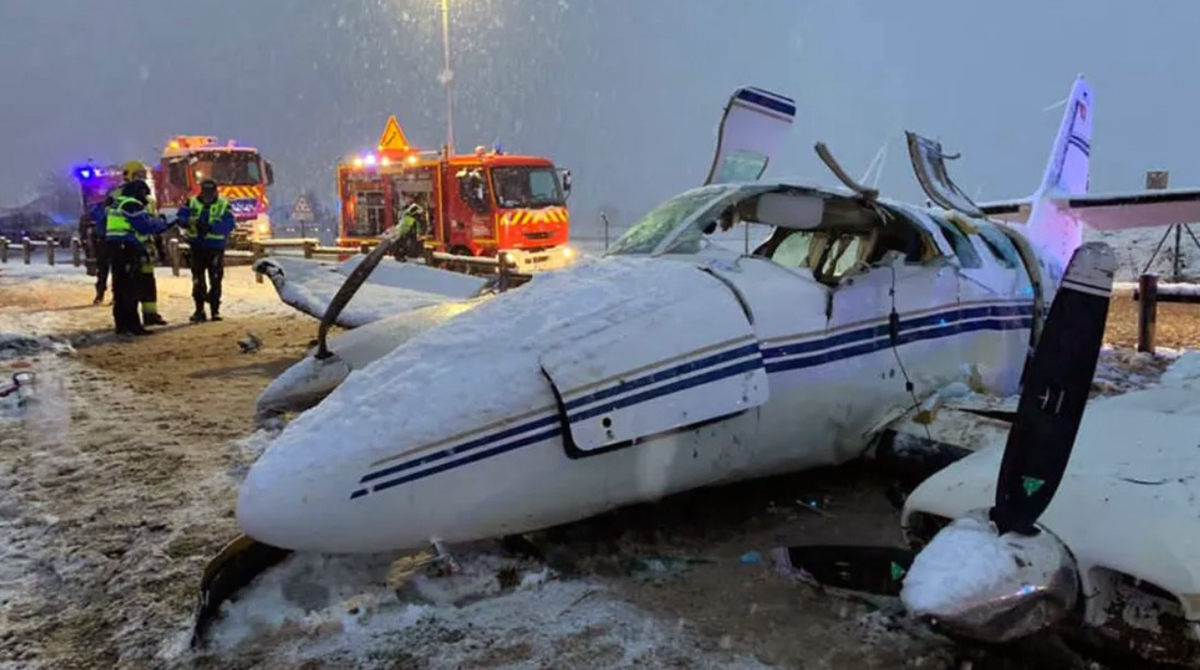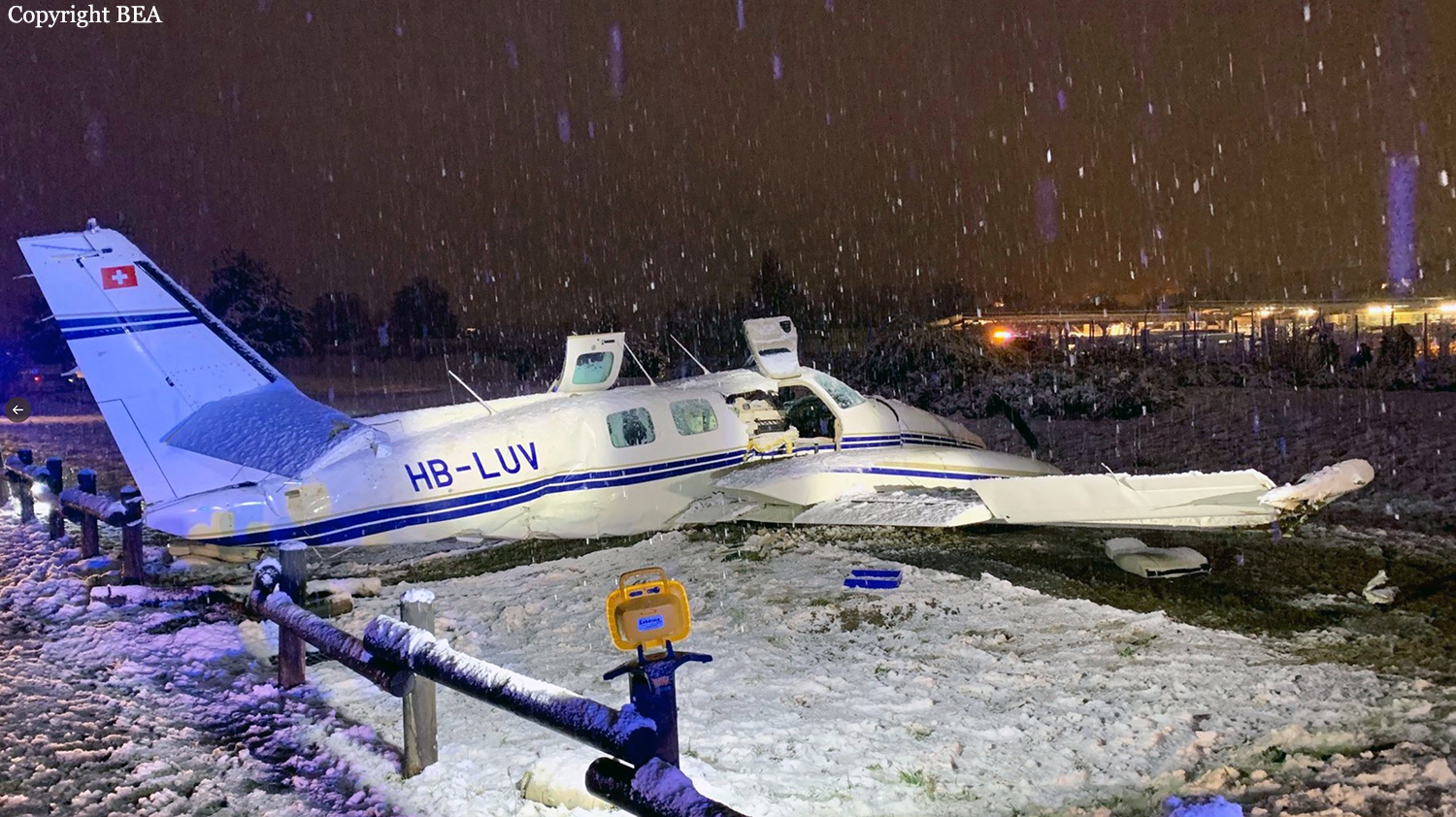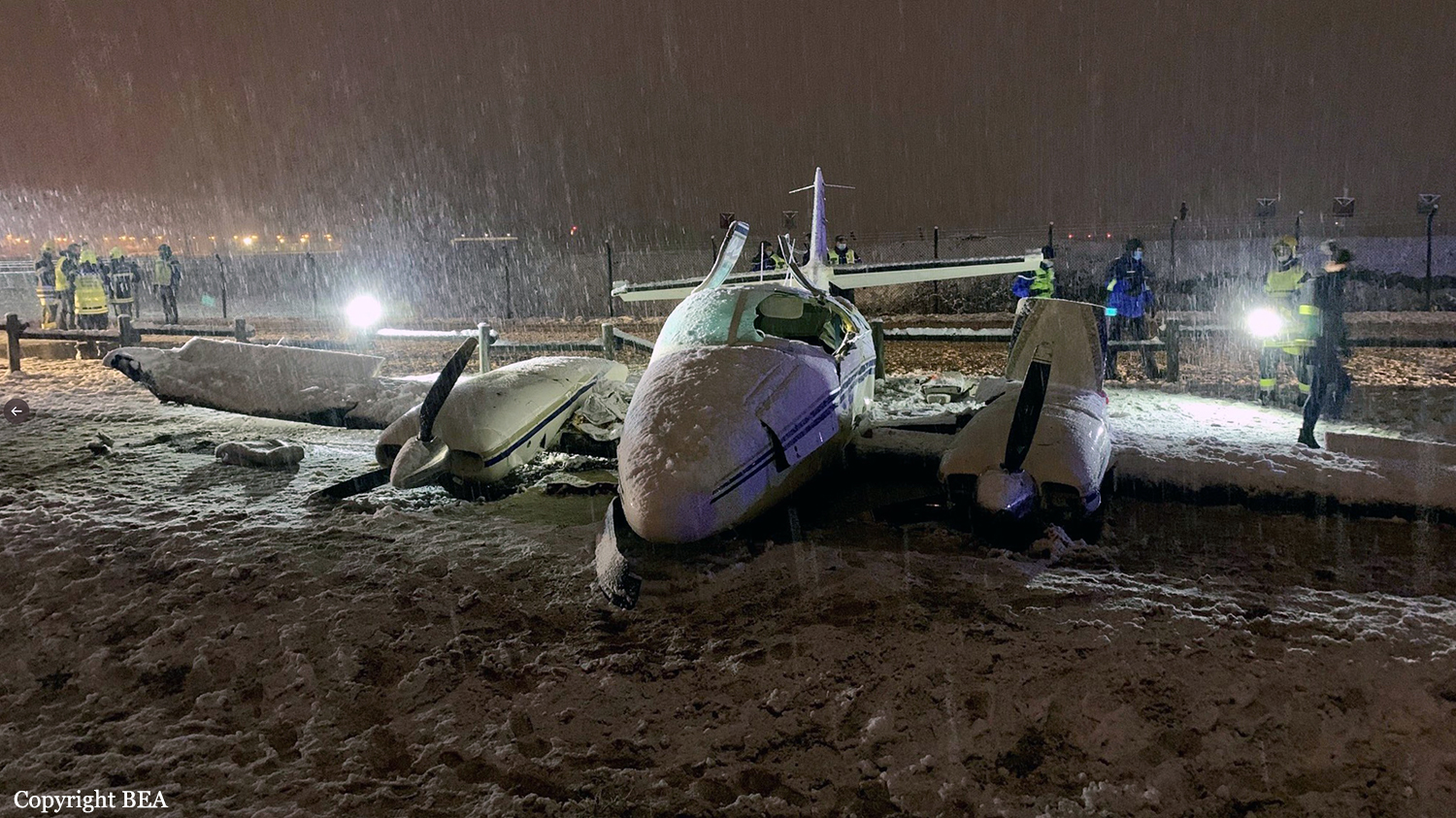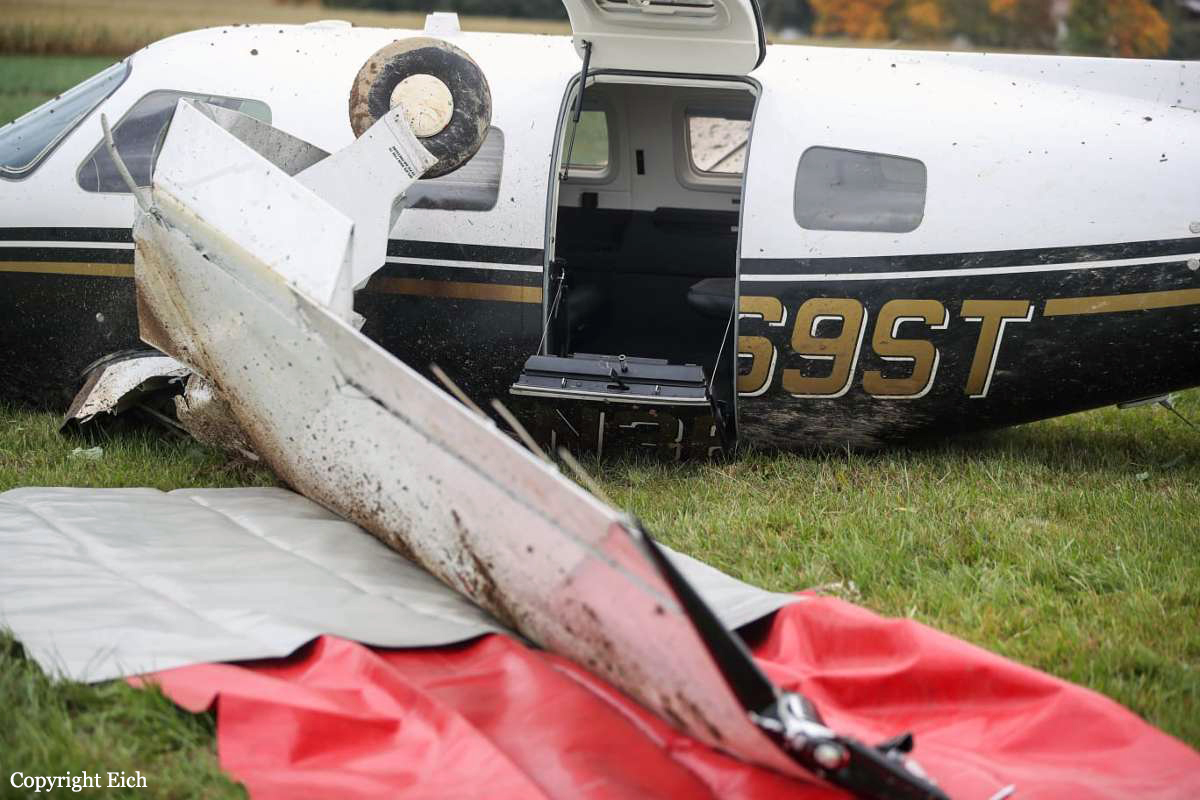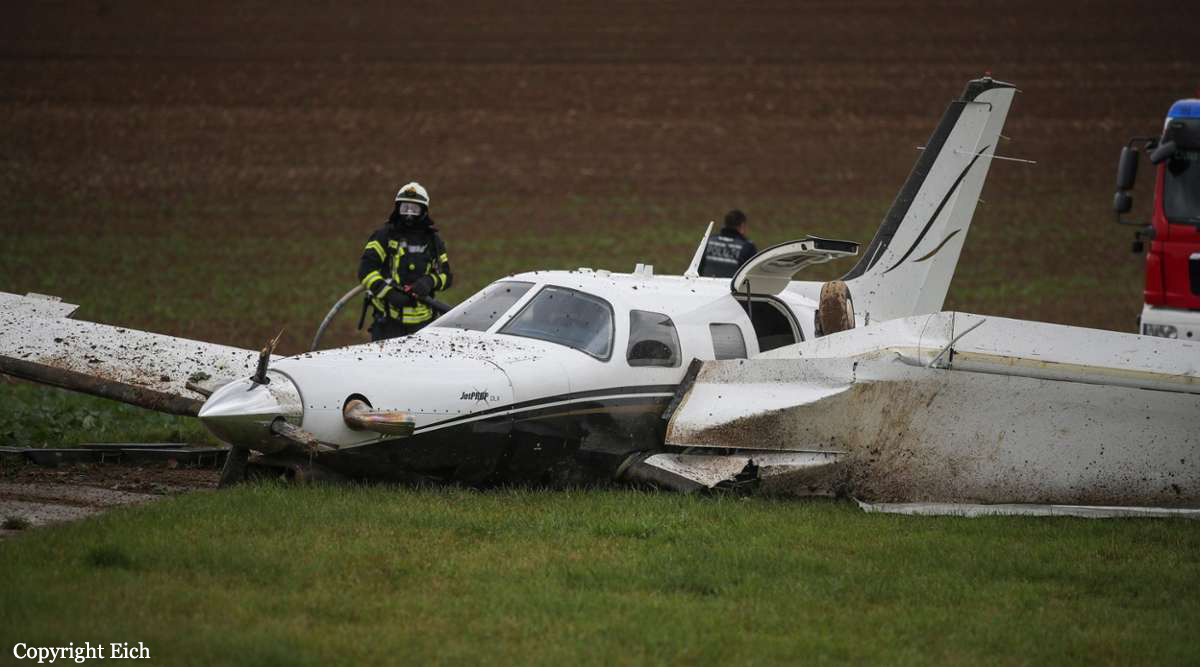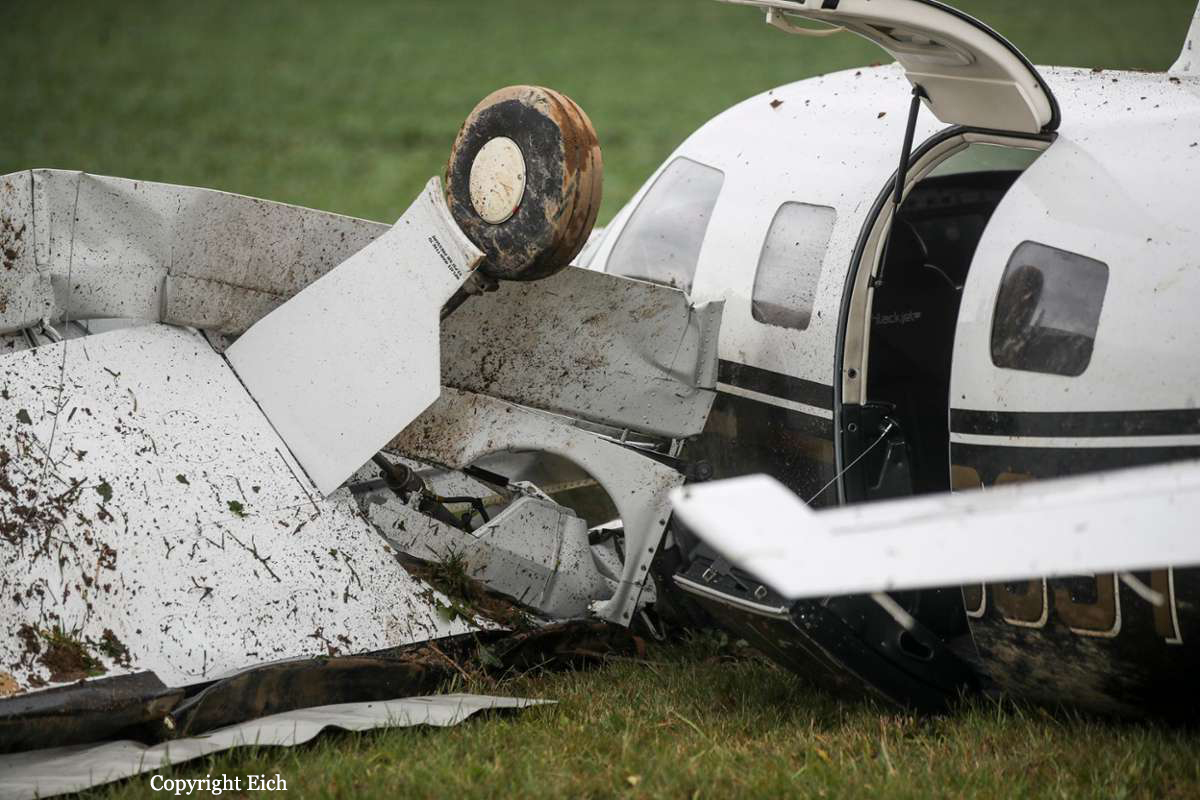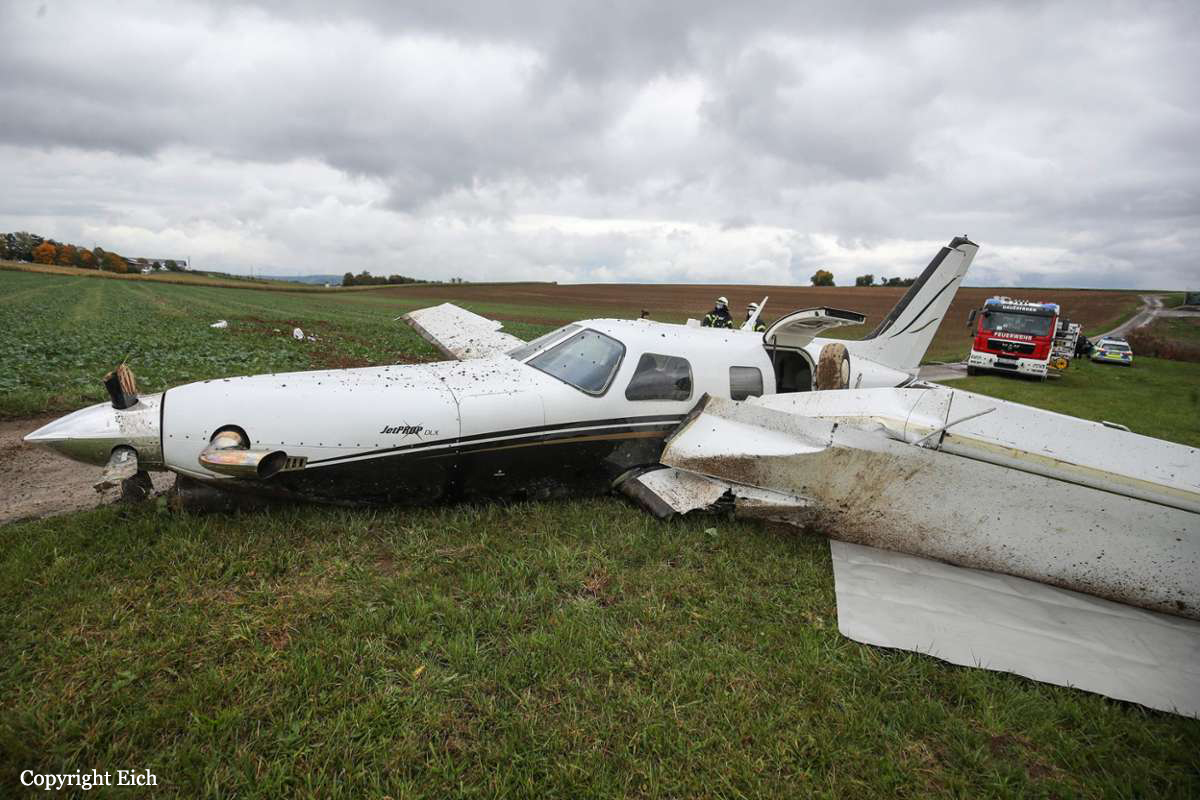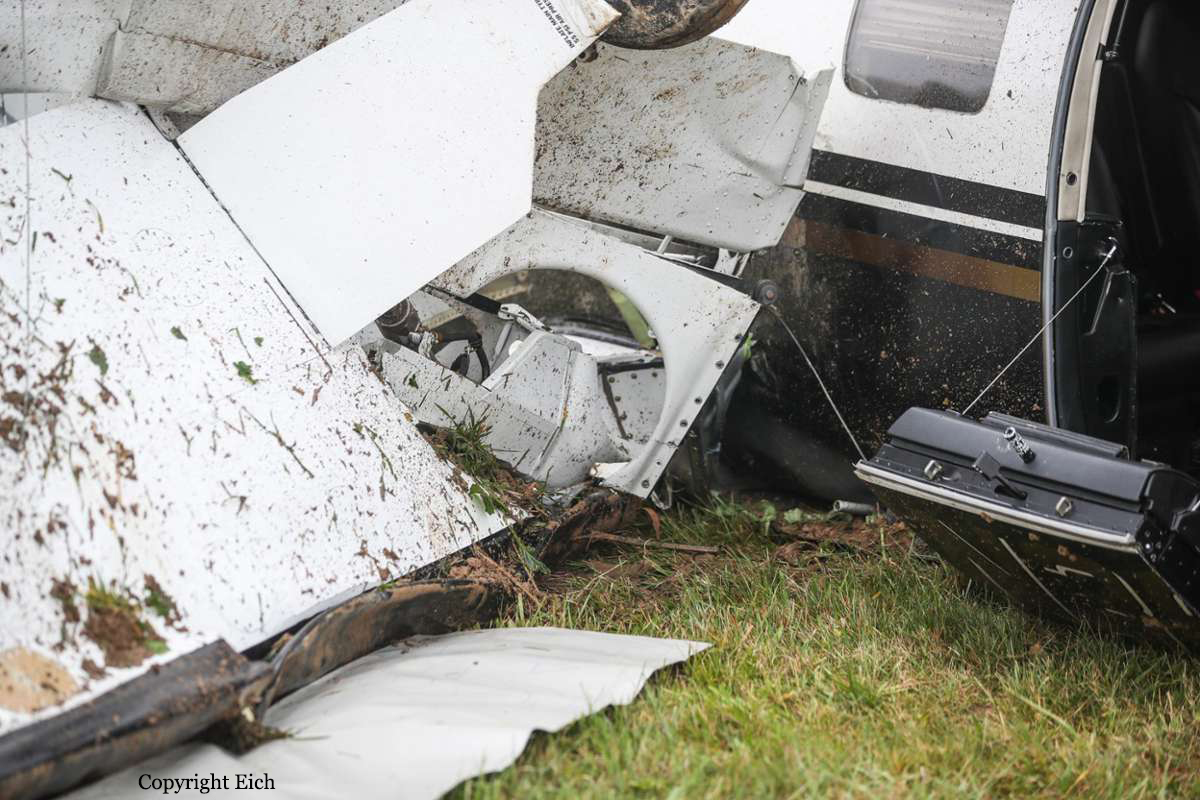Crash of a Cessna 441 Conquest II near Winchester: 2 killed
Date & Time:
Feb 7, 2021 at 1647 LT
Registration:
N44776
Survivors:
No
Schedule:
Thomasville – Winchester
MSN:
441-0121
YOM:
1980
Crew on board:
1
Crew fatalities:
Pax on board:
1
Pax fatalities:
Other fatalities:
Total fatalities:
2
Circumstances:
The pilot was conducting a cross-country flight and was beginning an instrument flight rules approach from the south. Weather conditions at the destination airport included a ceiling between 800 and 1,000 ft and light rime icing conditions in clouds; the pilot was aware of these conditions. Elevated, wooded terrain existed along the final approach course. Radar and automatic dependent surveillance-broadcast data revealed that the airplane crossed the intermediate approach fix at the correct altitude; however, the pilot descended the airplane below the final approach fix altitude about 4 miles before the fix. The airplane continued in a gradual descent until radar contact was lost. No distress calls were received from the airplane before the accident. The airplane crashed on a north-northwesterly heading about 5 miles south of the runway threshold. The elevation at the accident site was about 1,880 ft, which was about 900 ft higher than the airport elevation. Postaccident examination of the airframe, engines, and propellers revealed no evidence of a pre-existing mechanical failure or anomaly that would have precluded normal operation. Because of the weather conditions at the time of the final approach, the pilot likely attempted to fly the airplane under the weather to visually acquire the runway. The terrain along the final approach course would have been obscured in low clouds at the time, resulting in controlled flight into terrain.
Probable cause:
The pilot’s failure to follow the published instrument approach procedure by prematurely descending the airplane below the final approach fix altitude to fly under the low ceiling conditions, which resulted in controlled flight into terrain.
Final Report:

